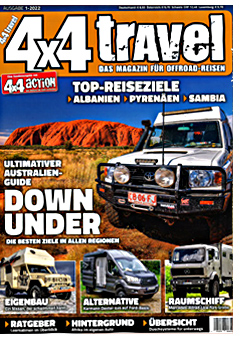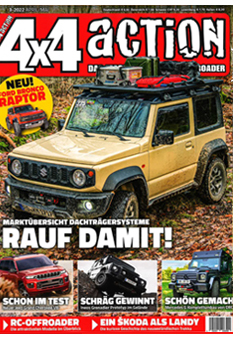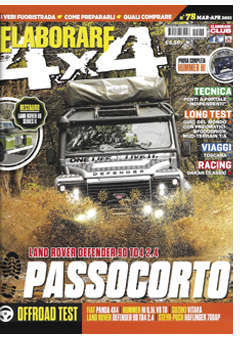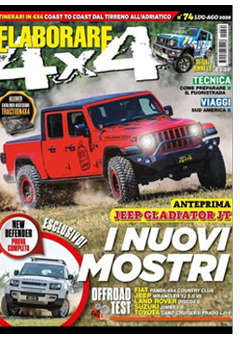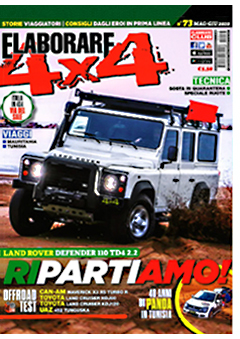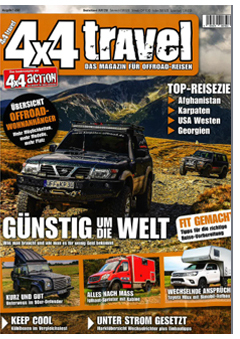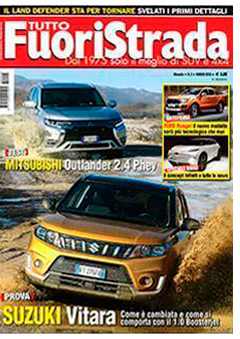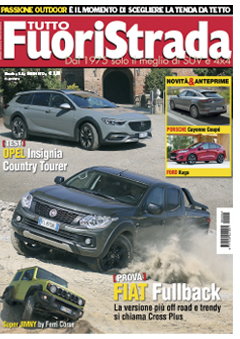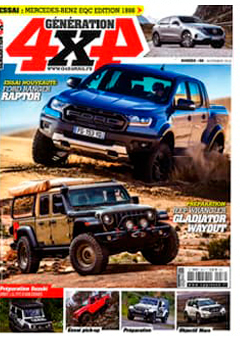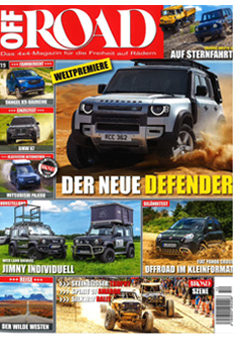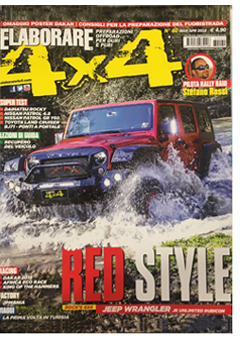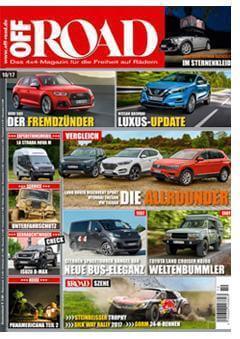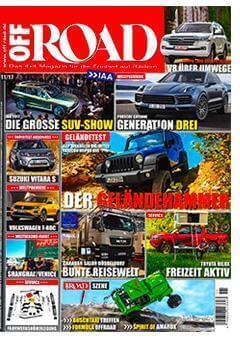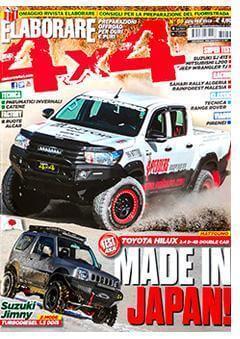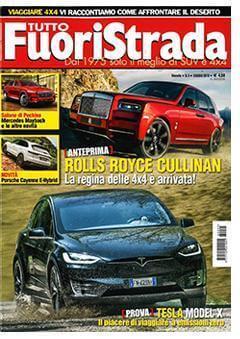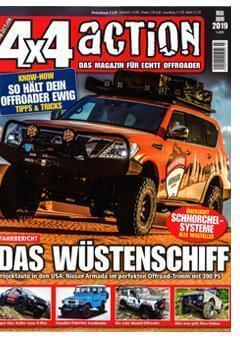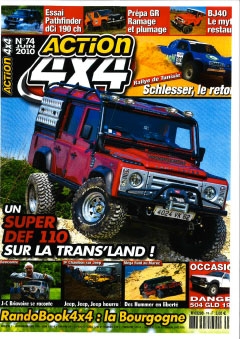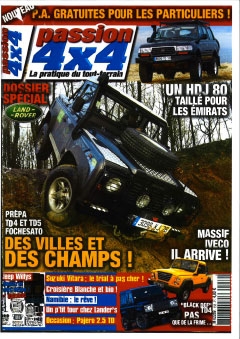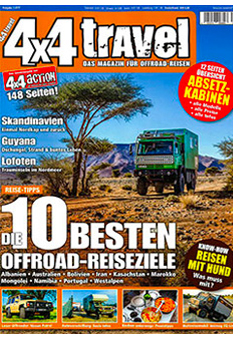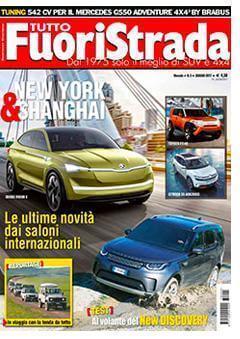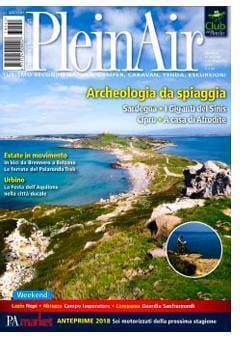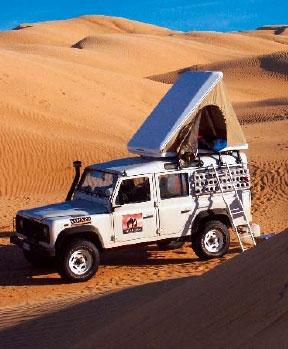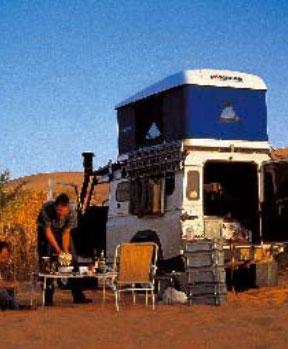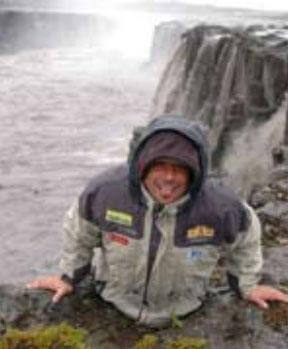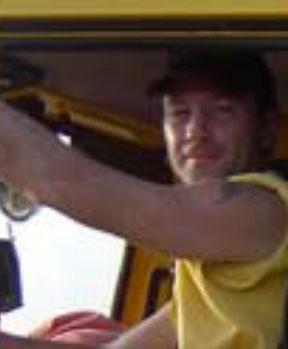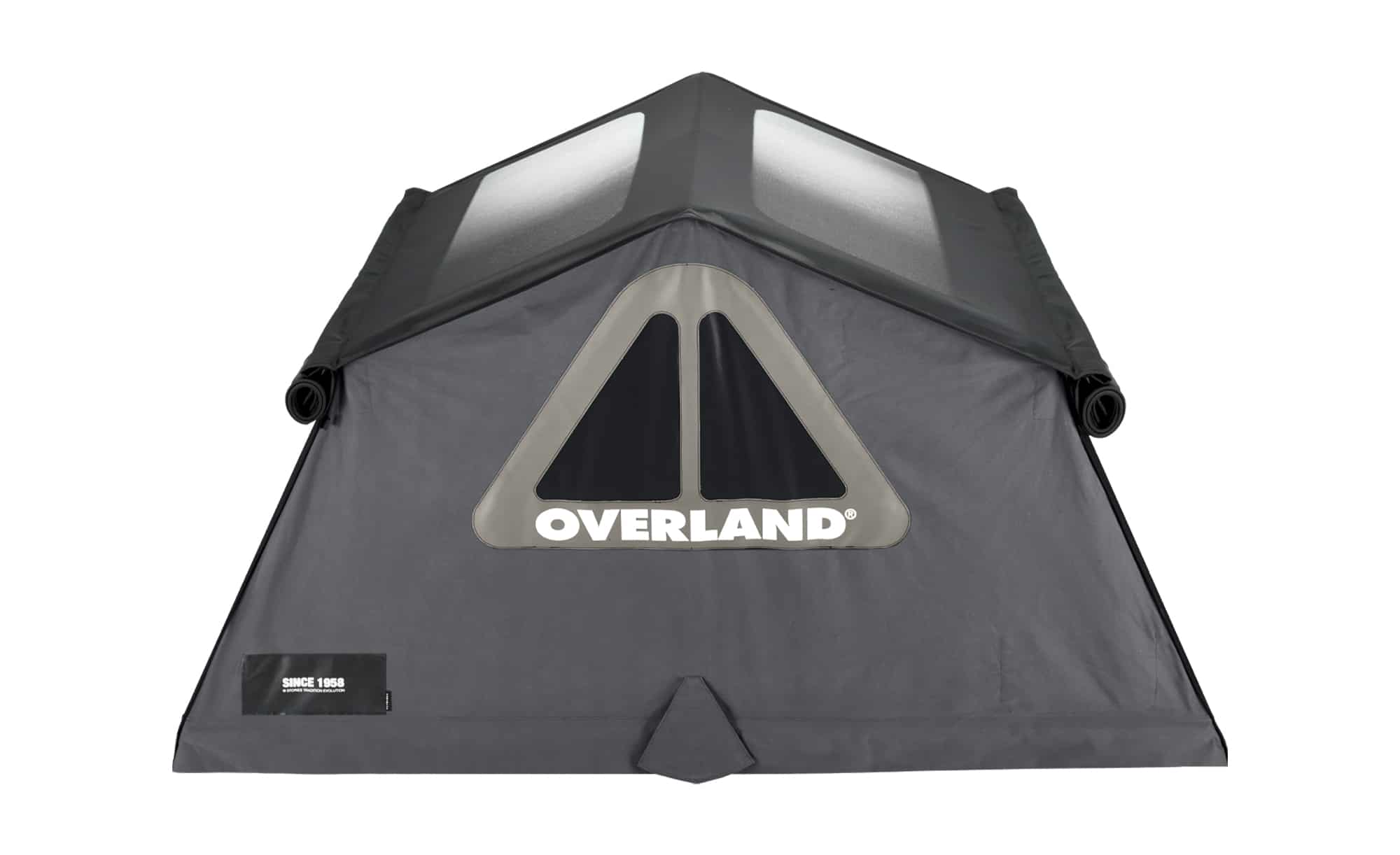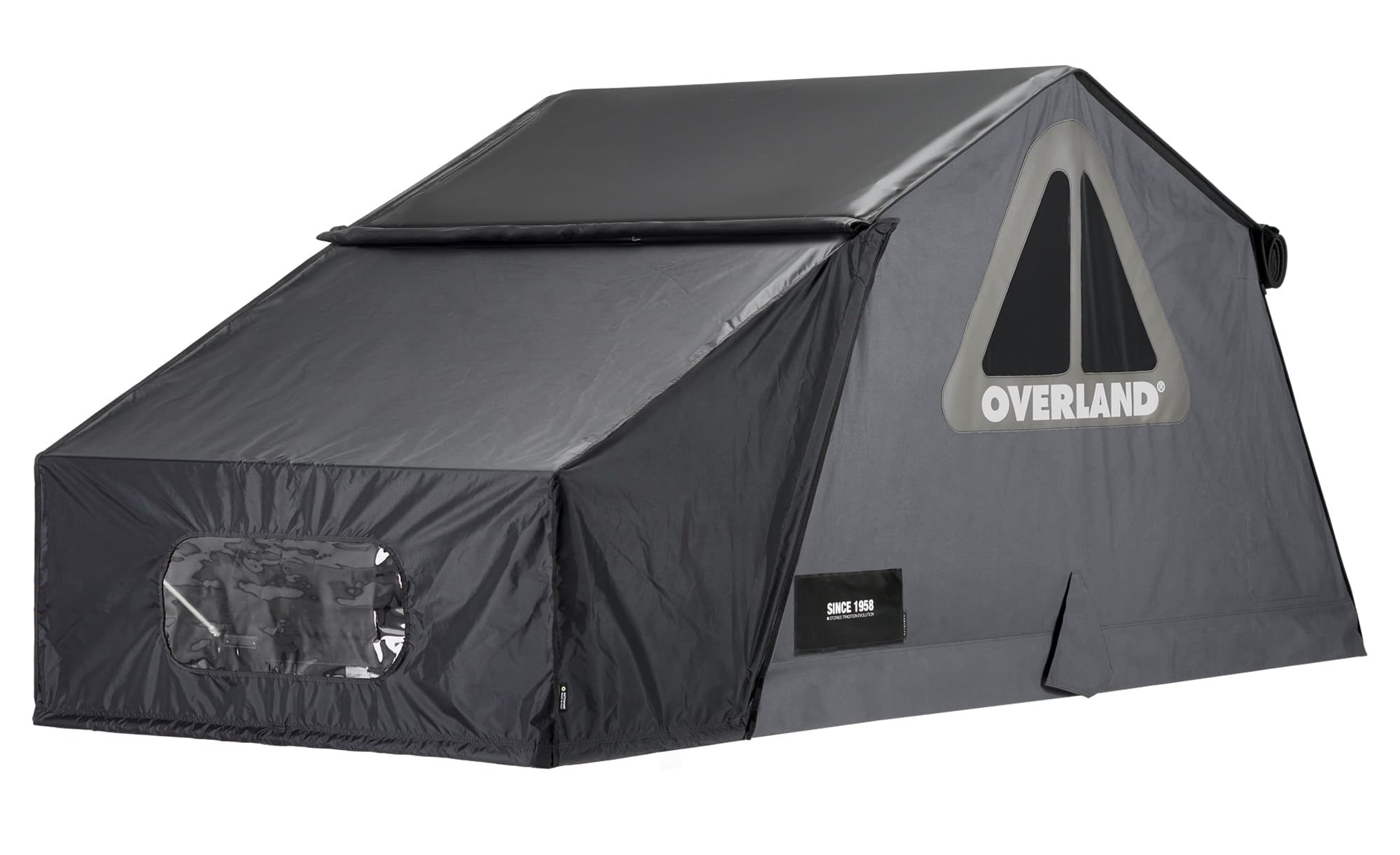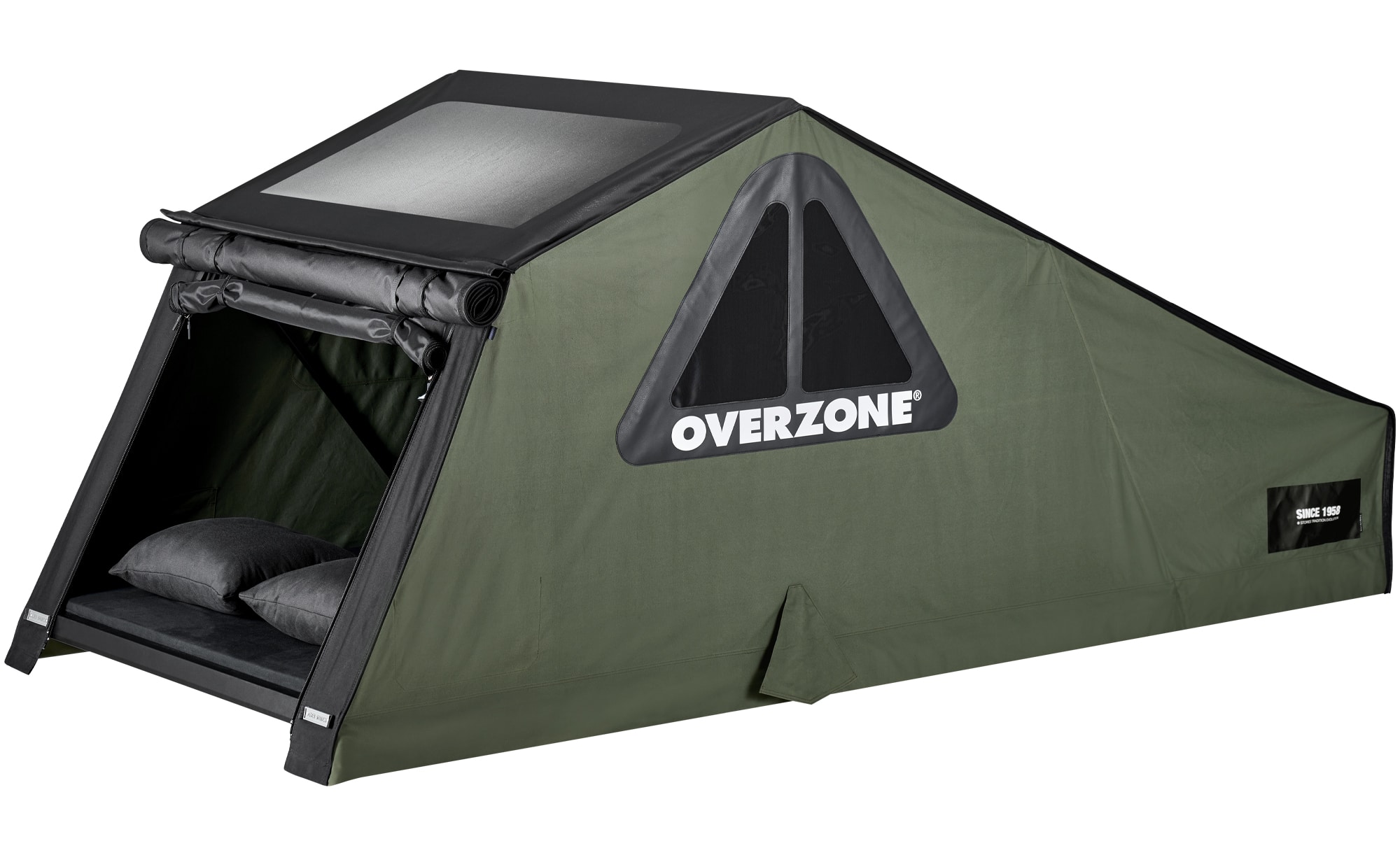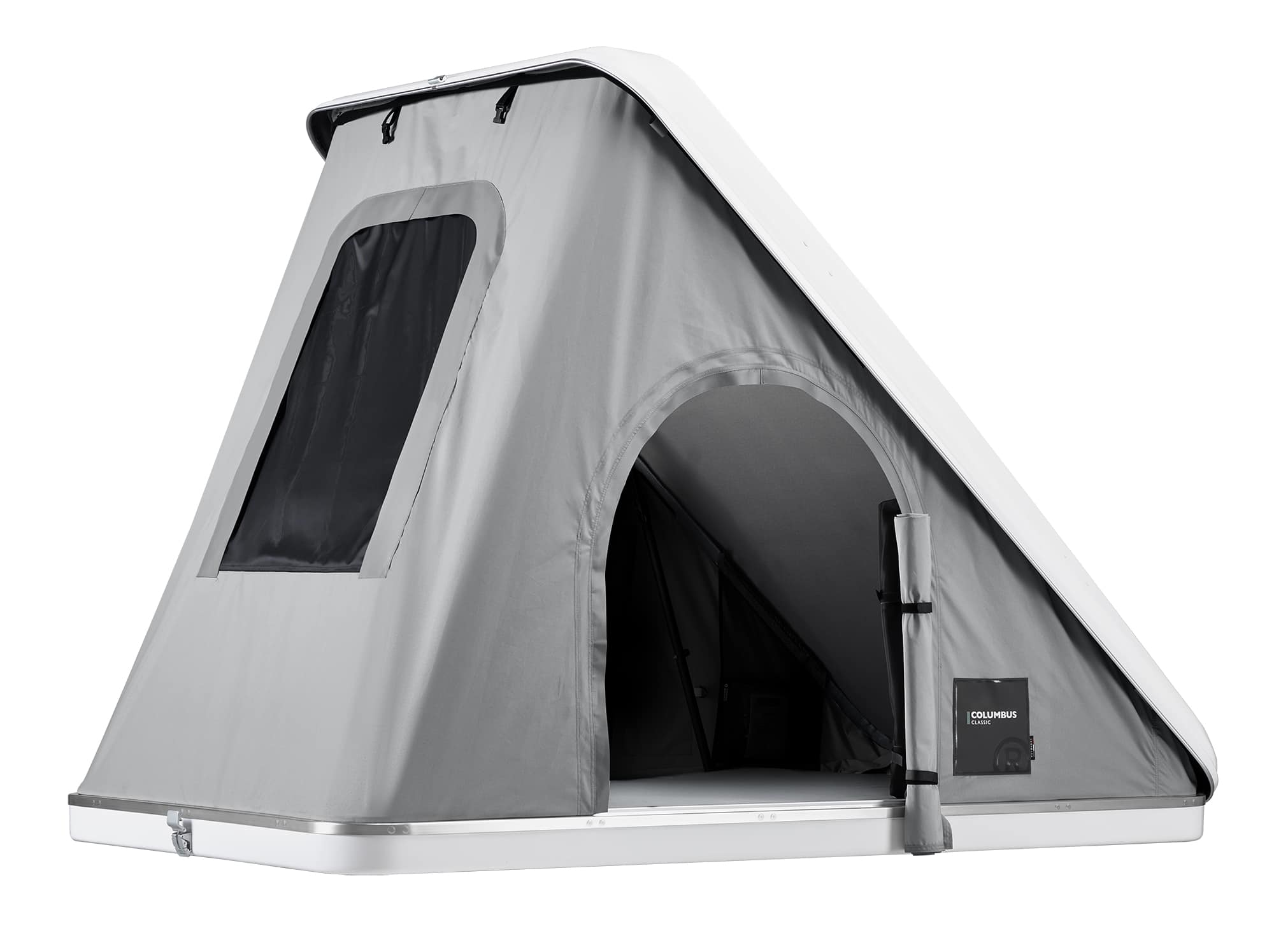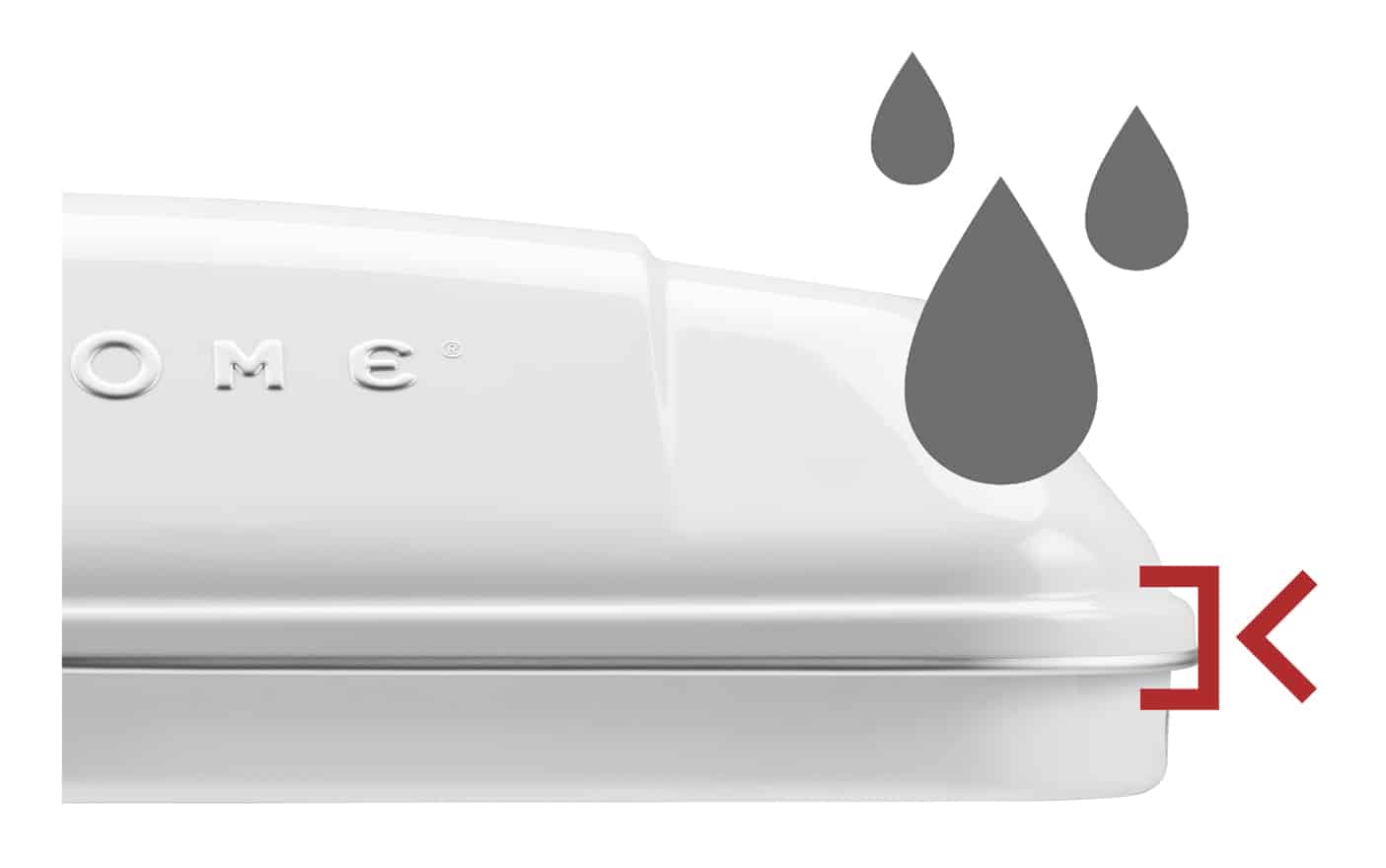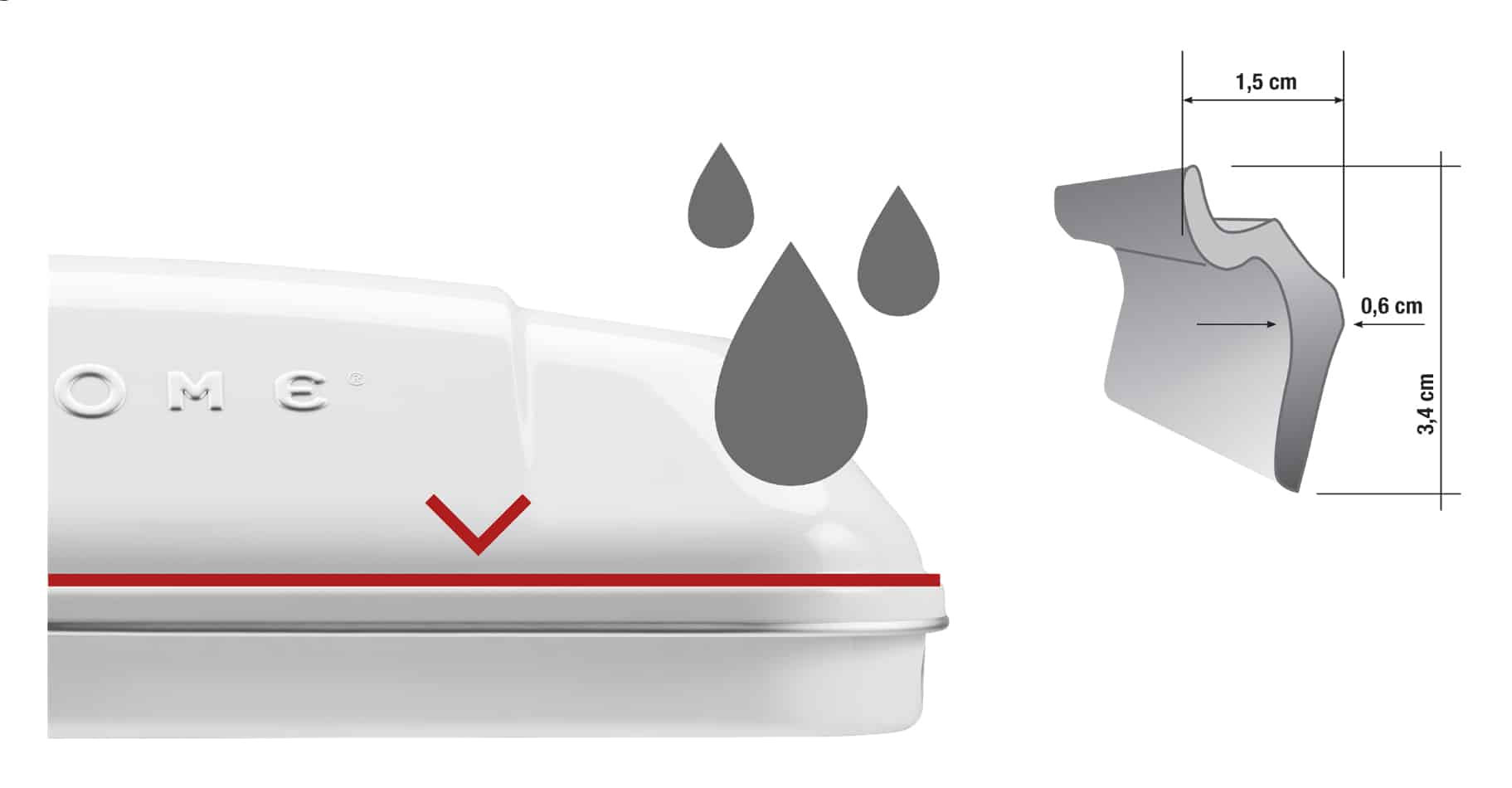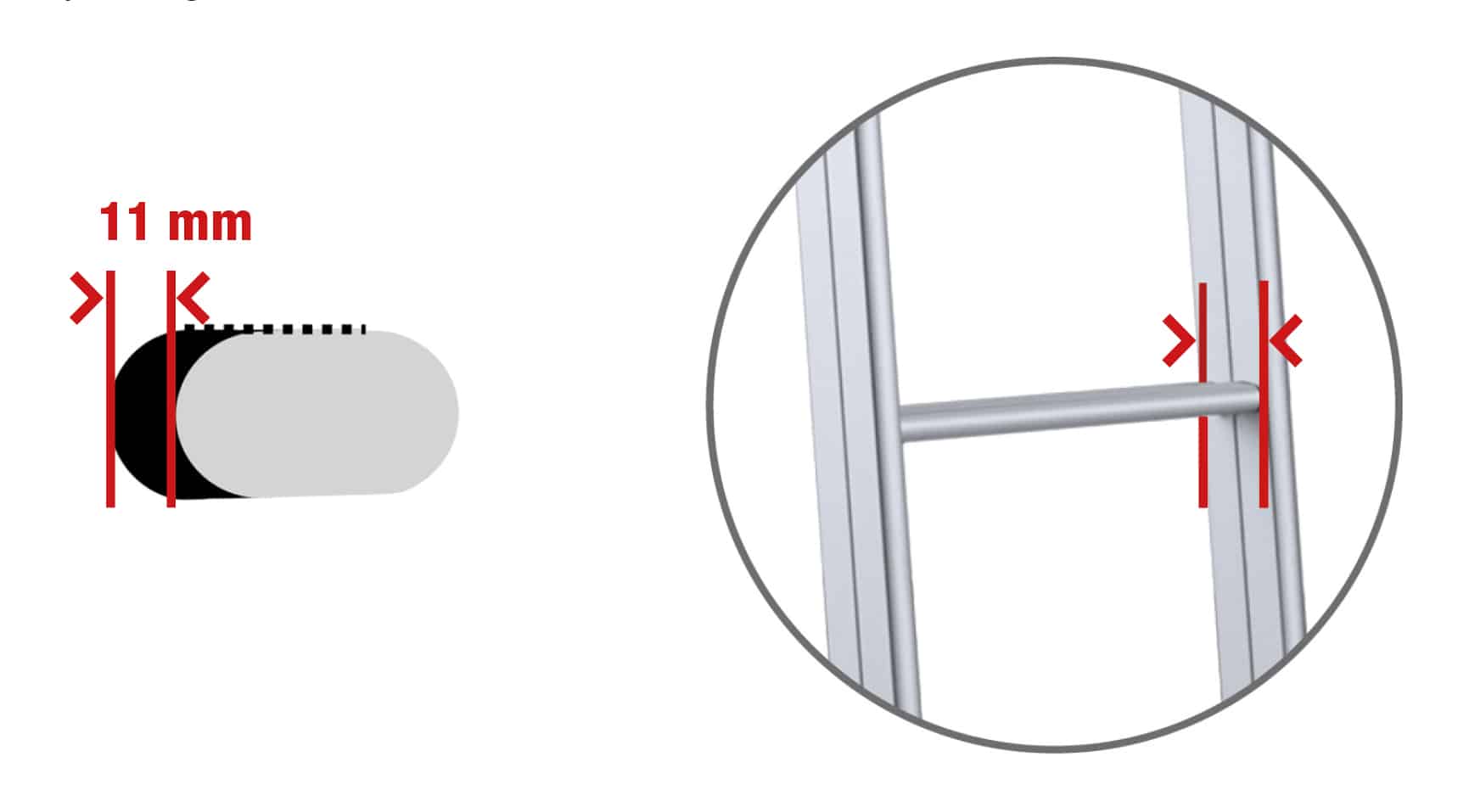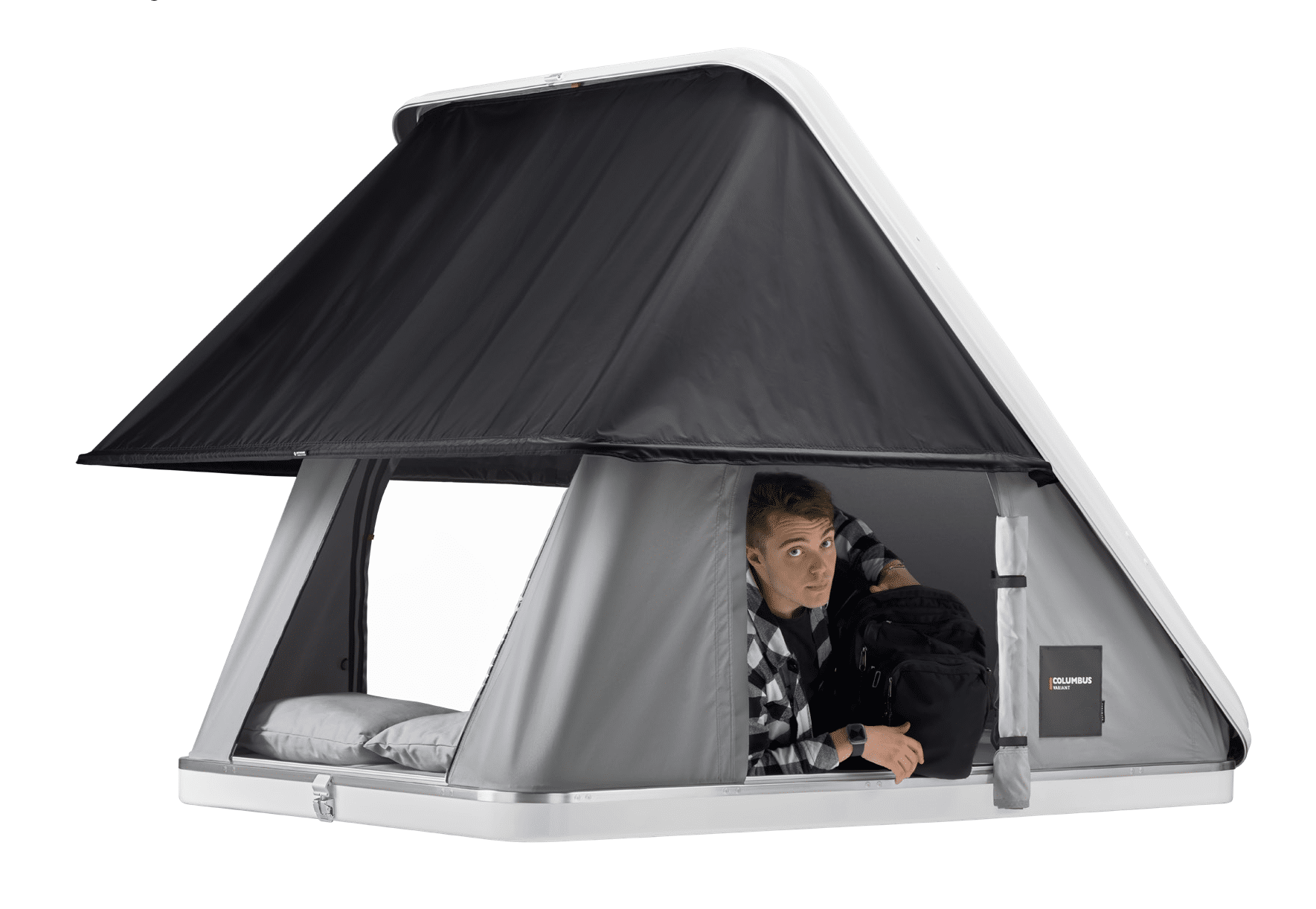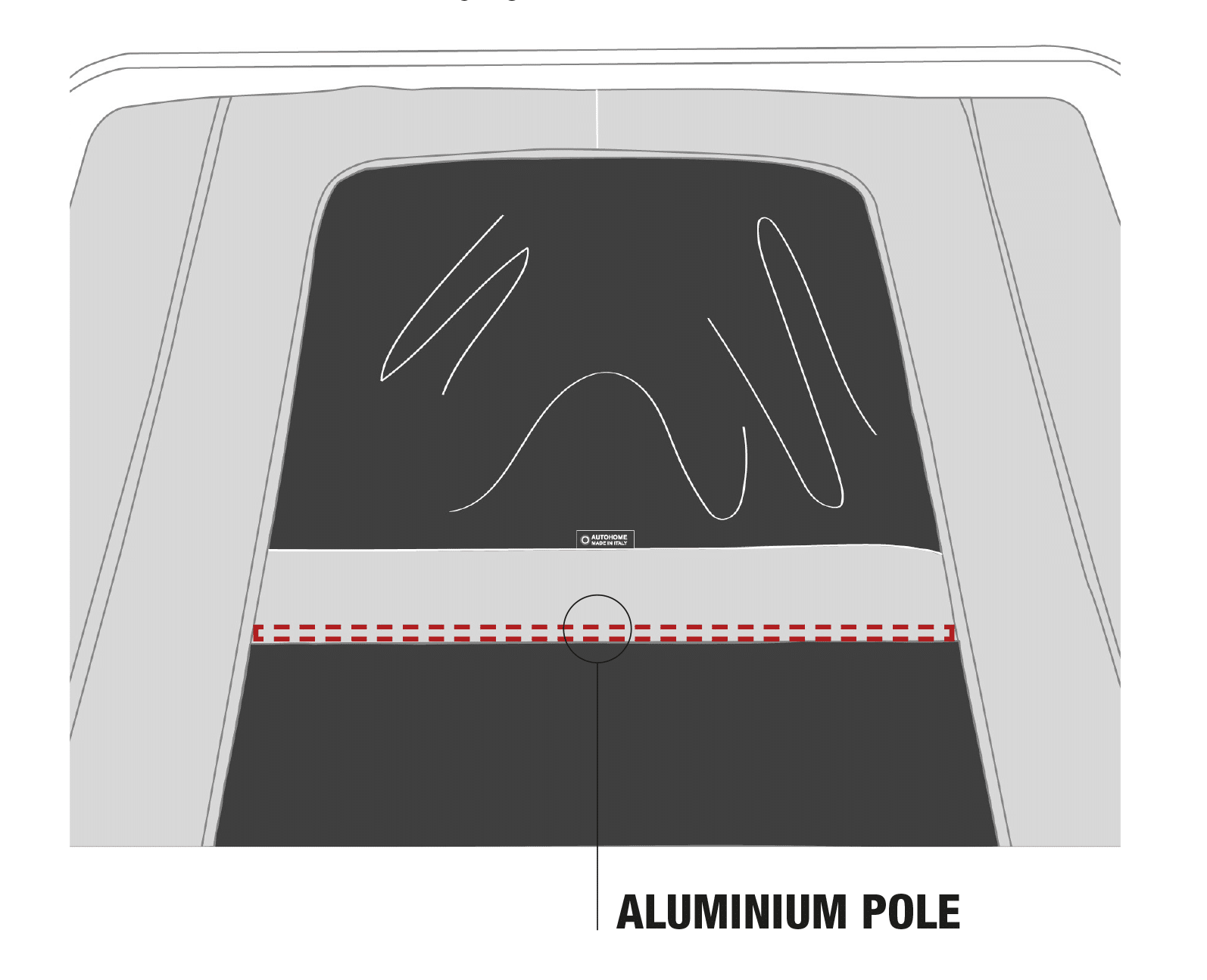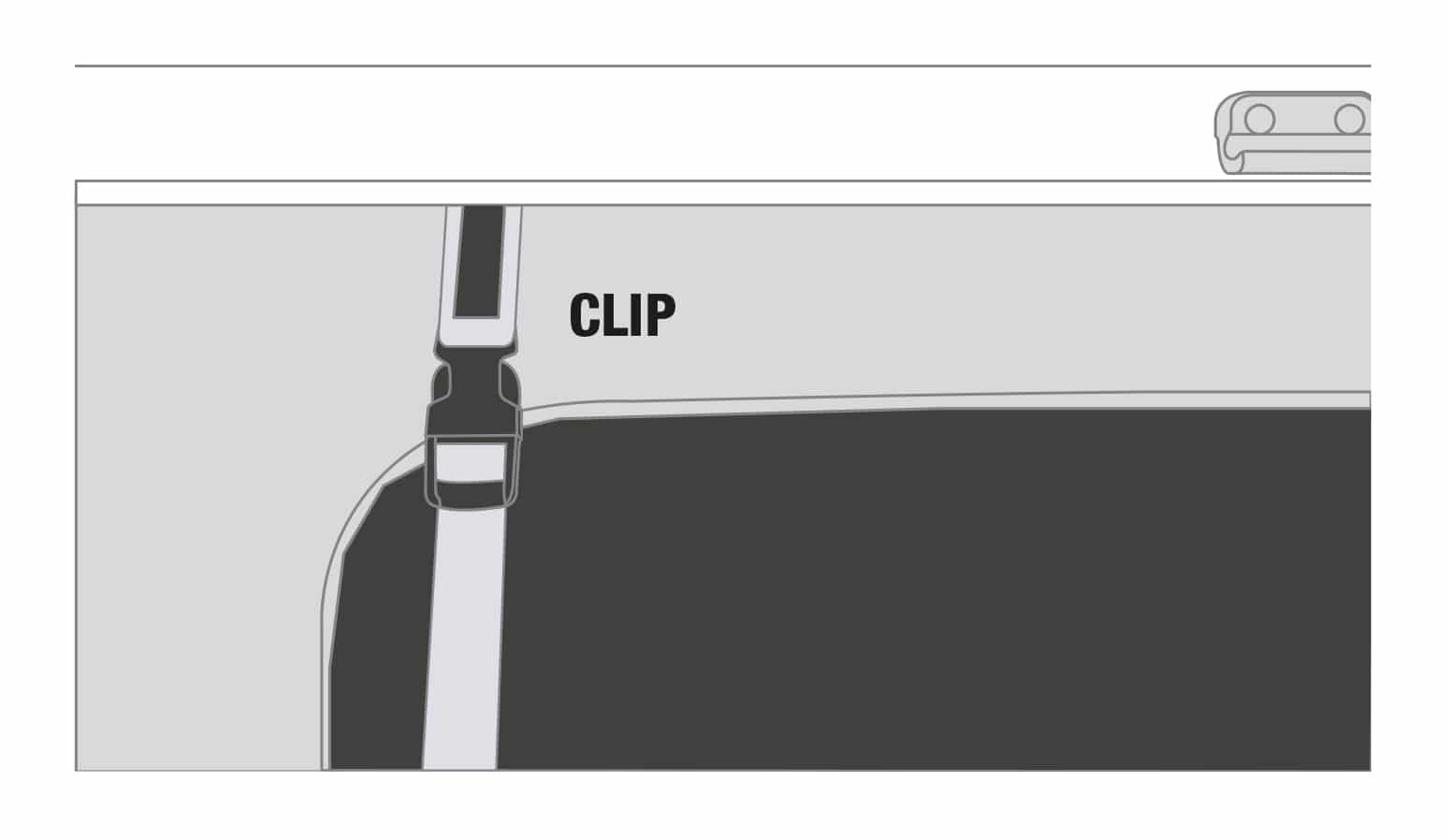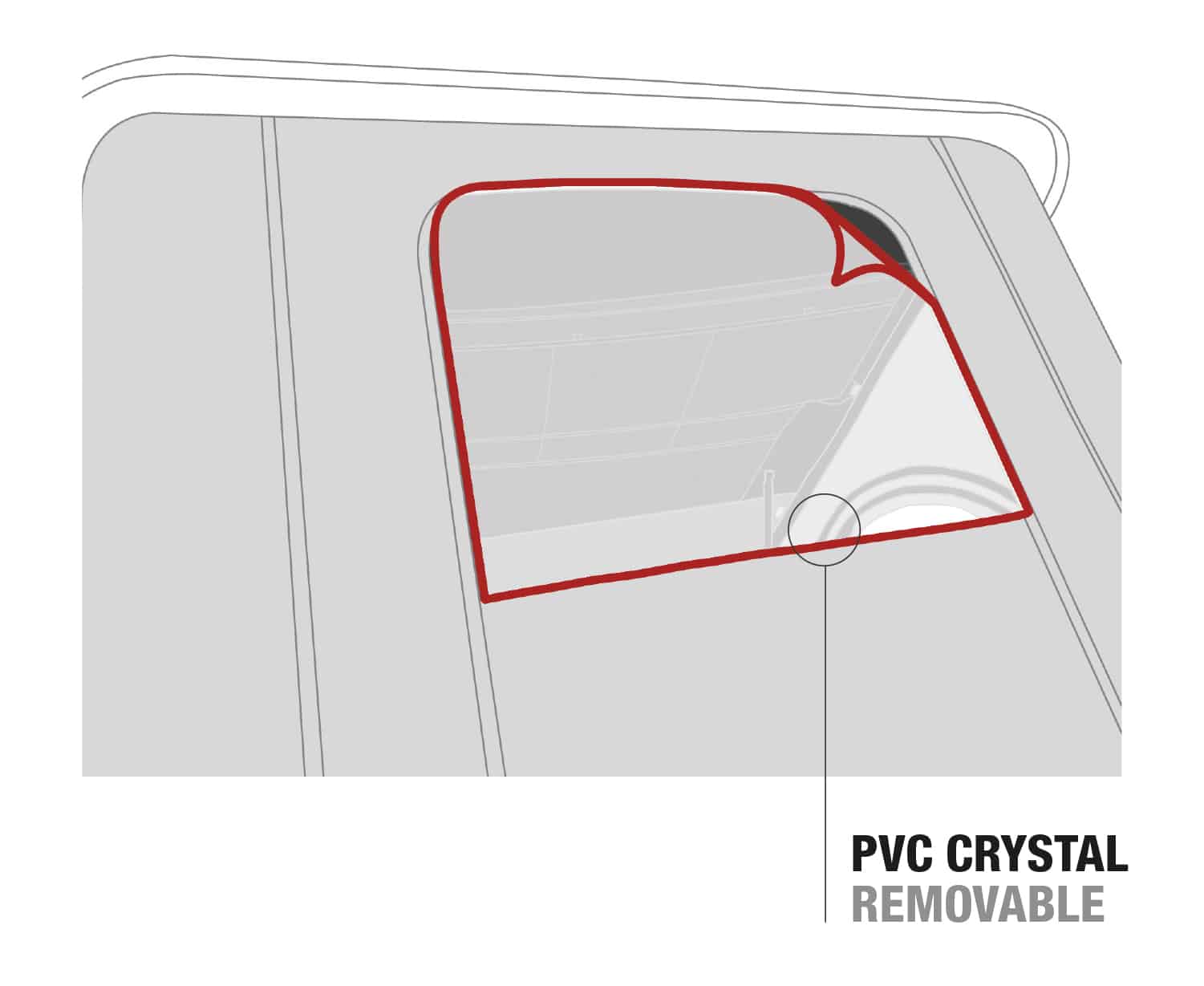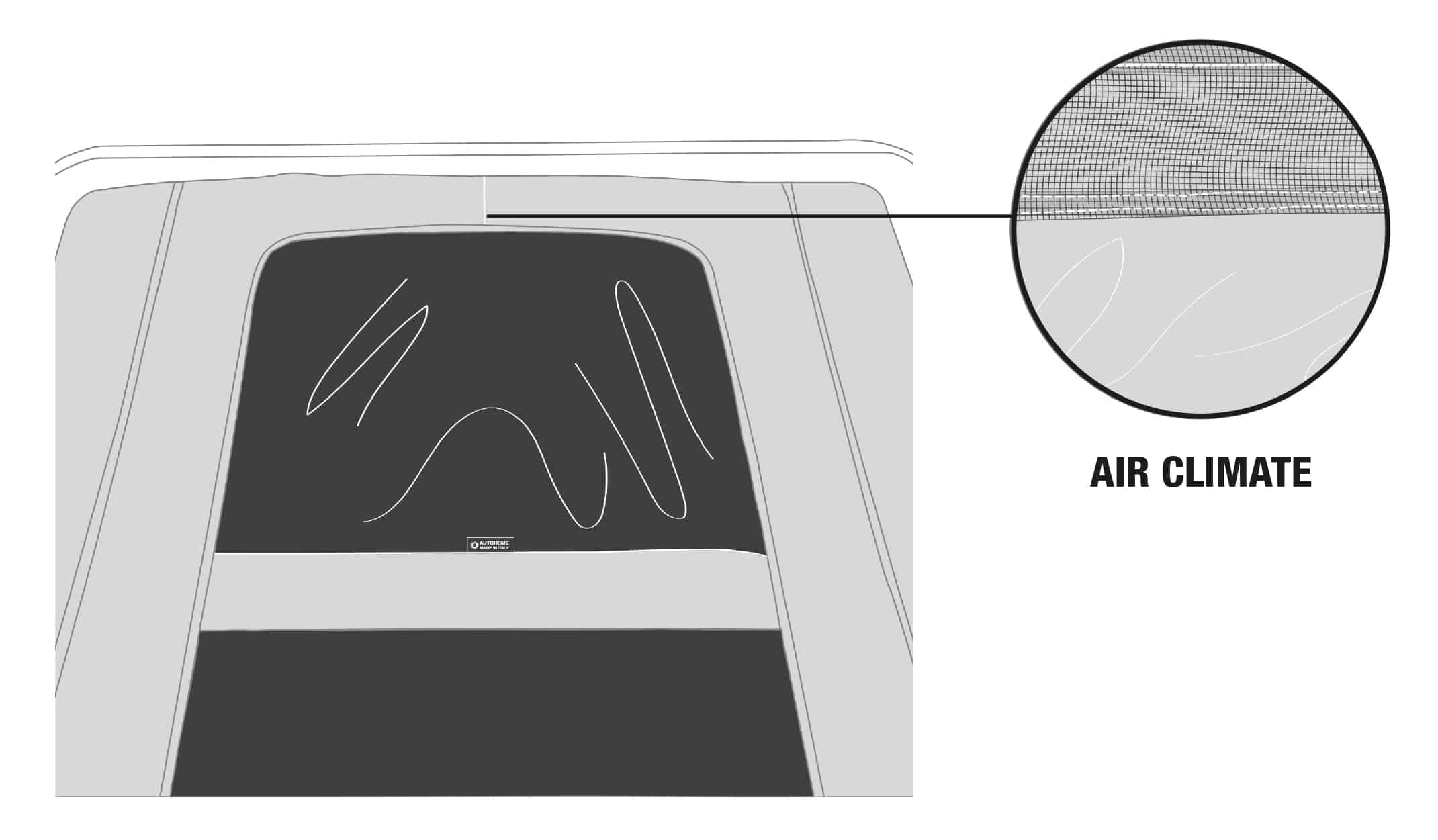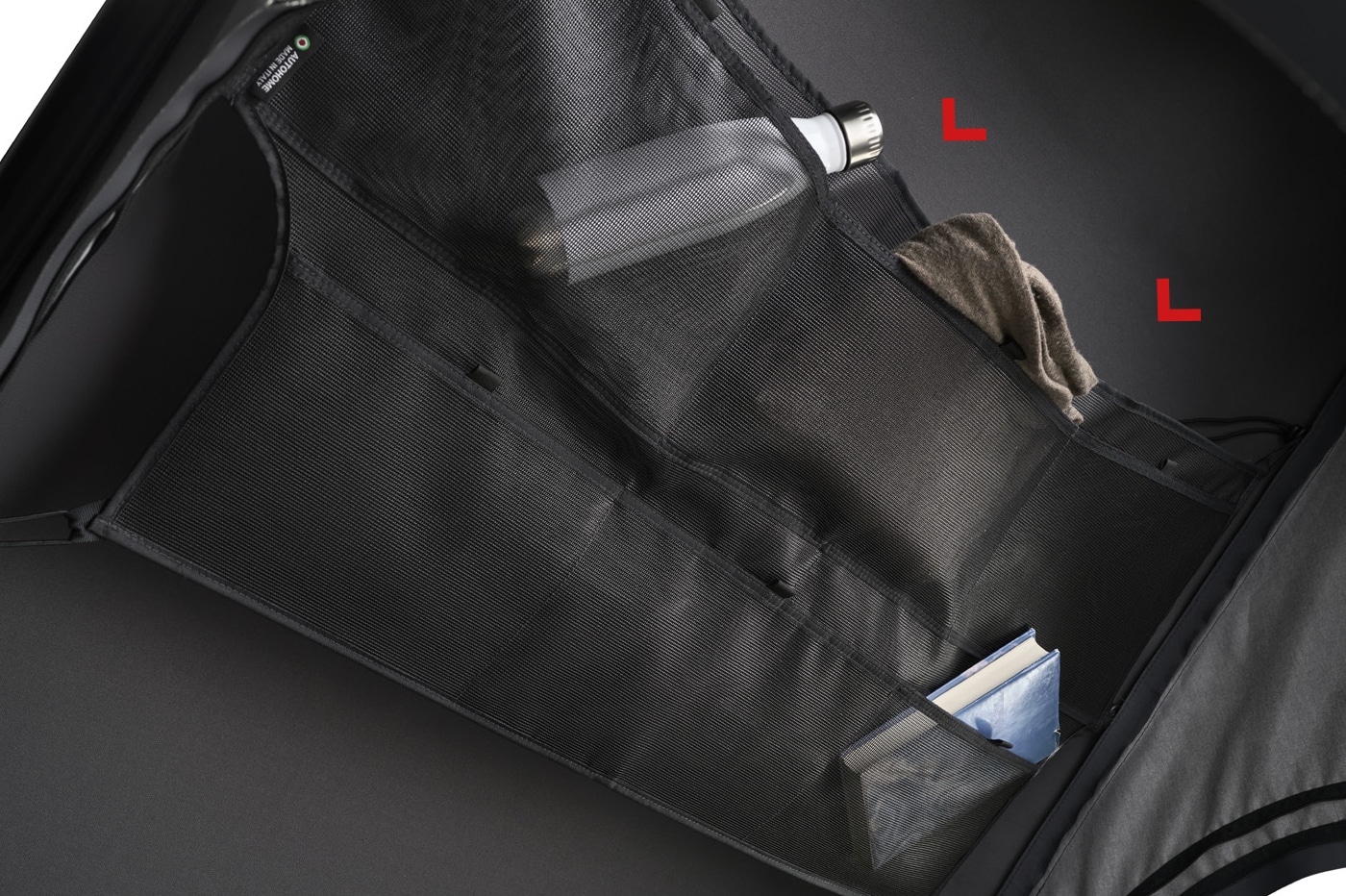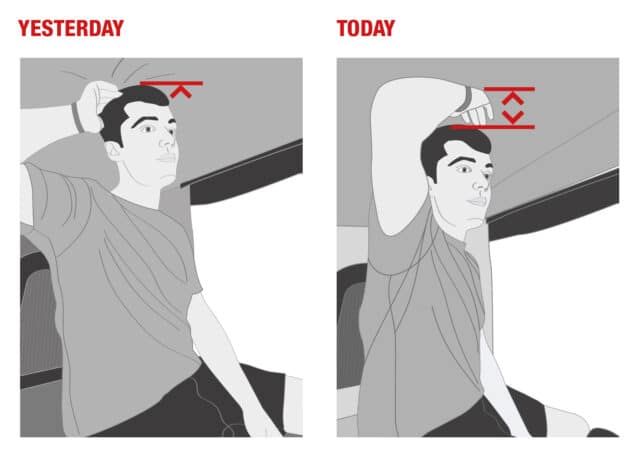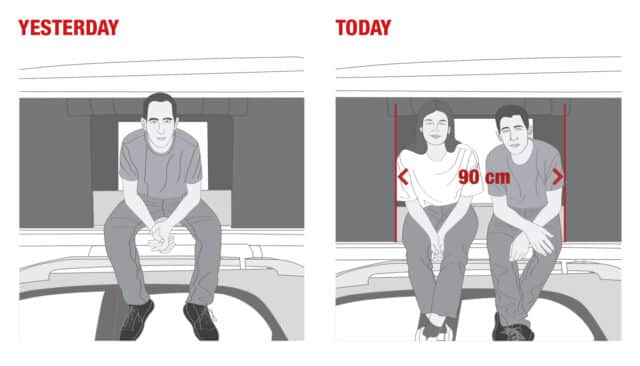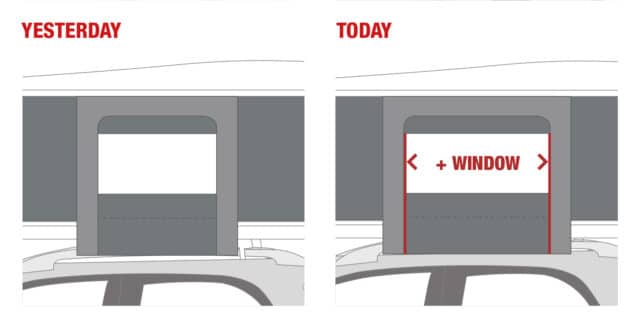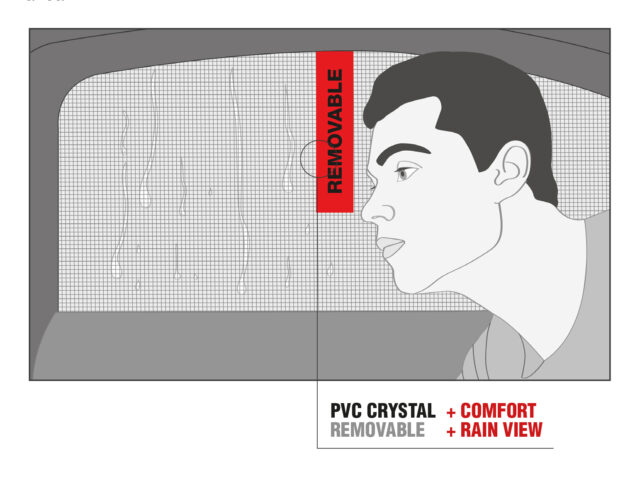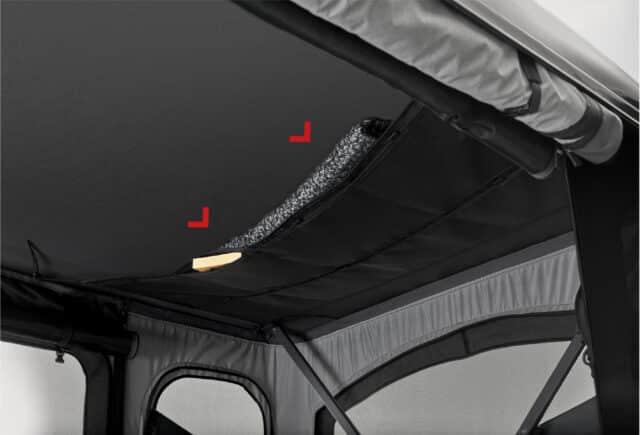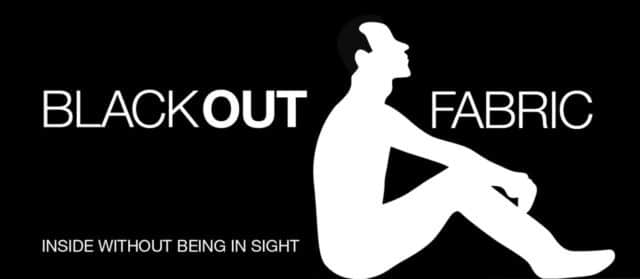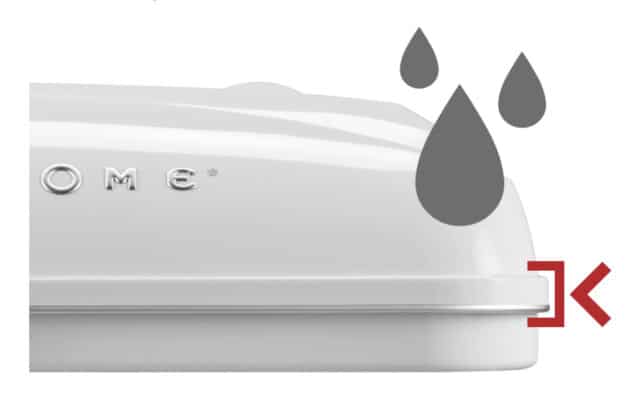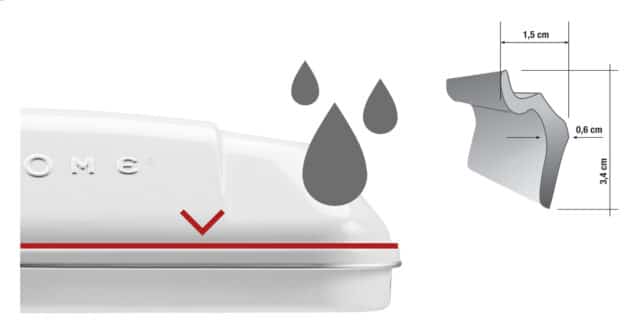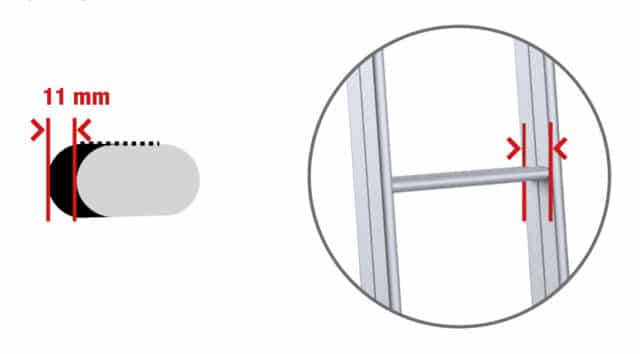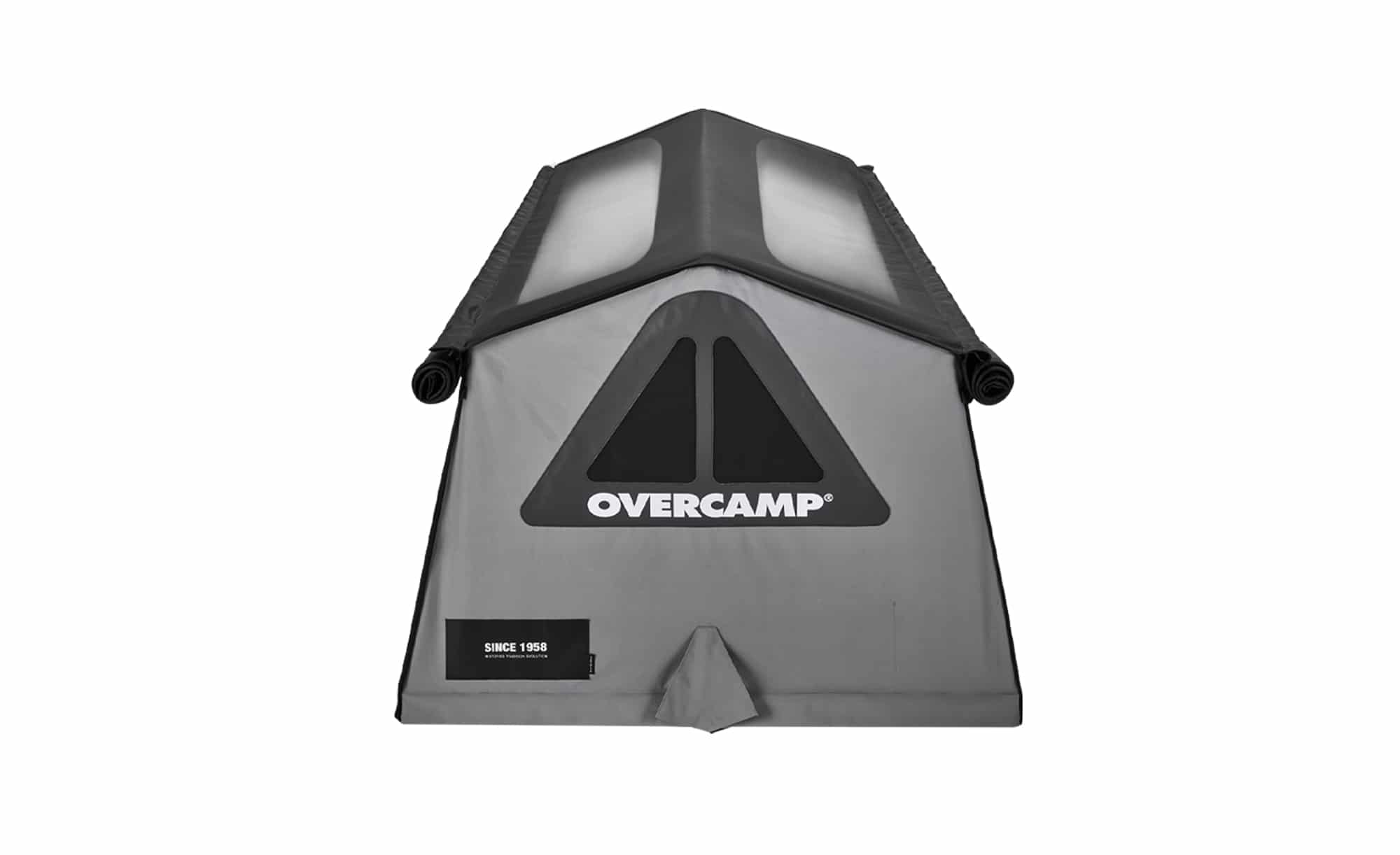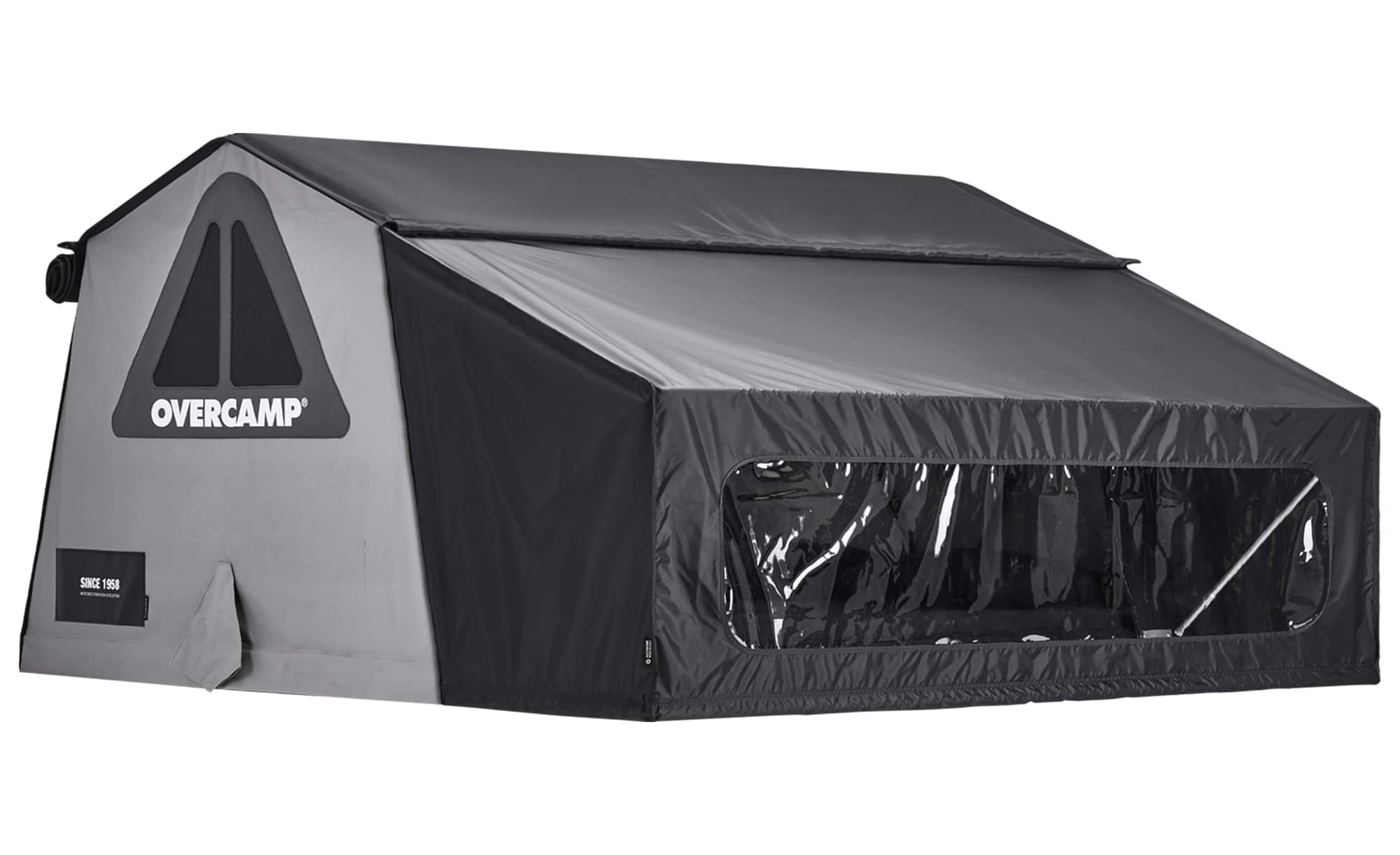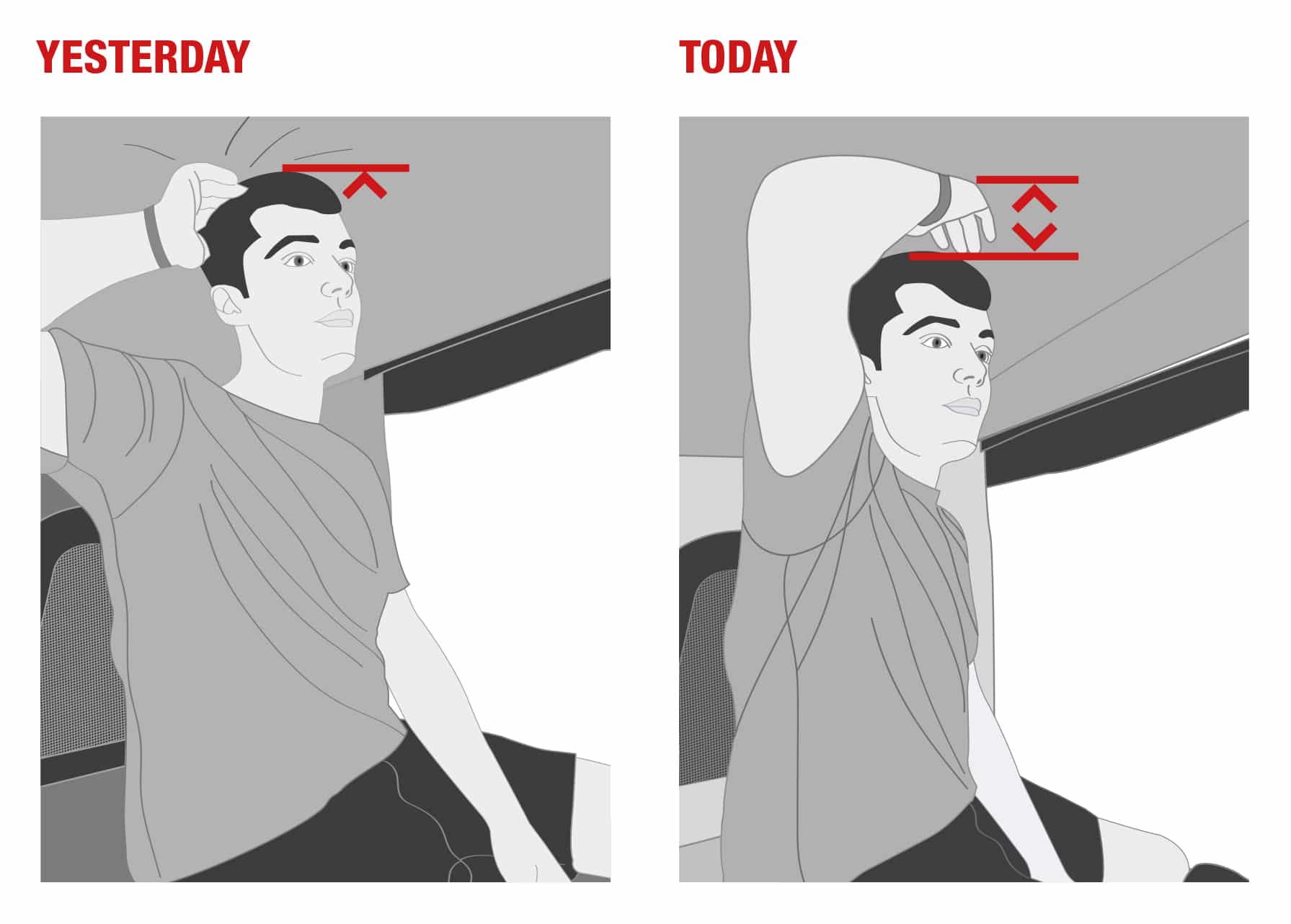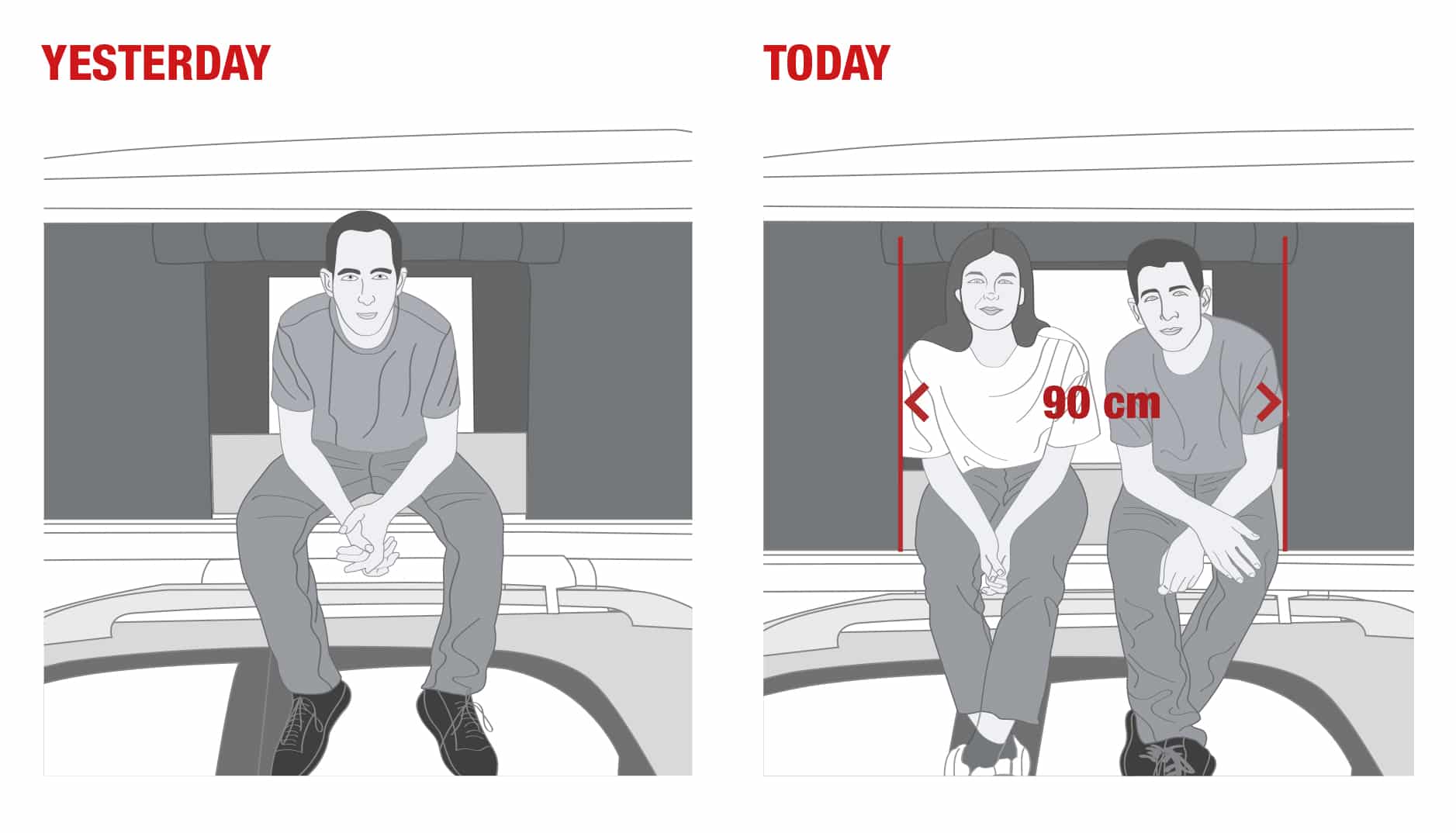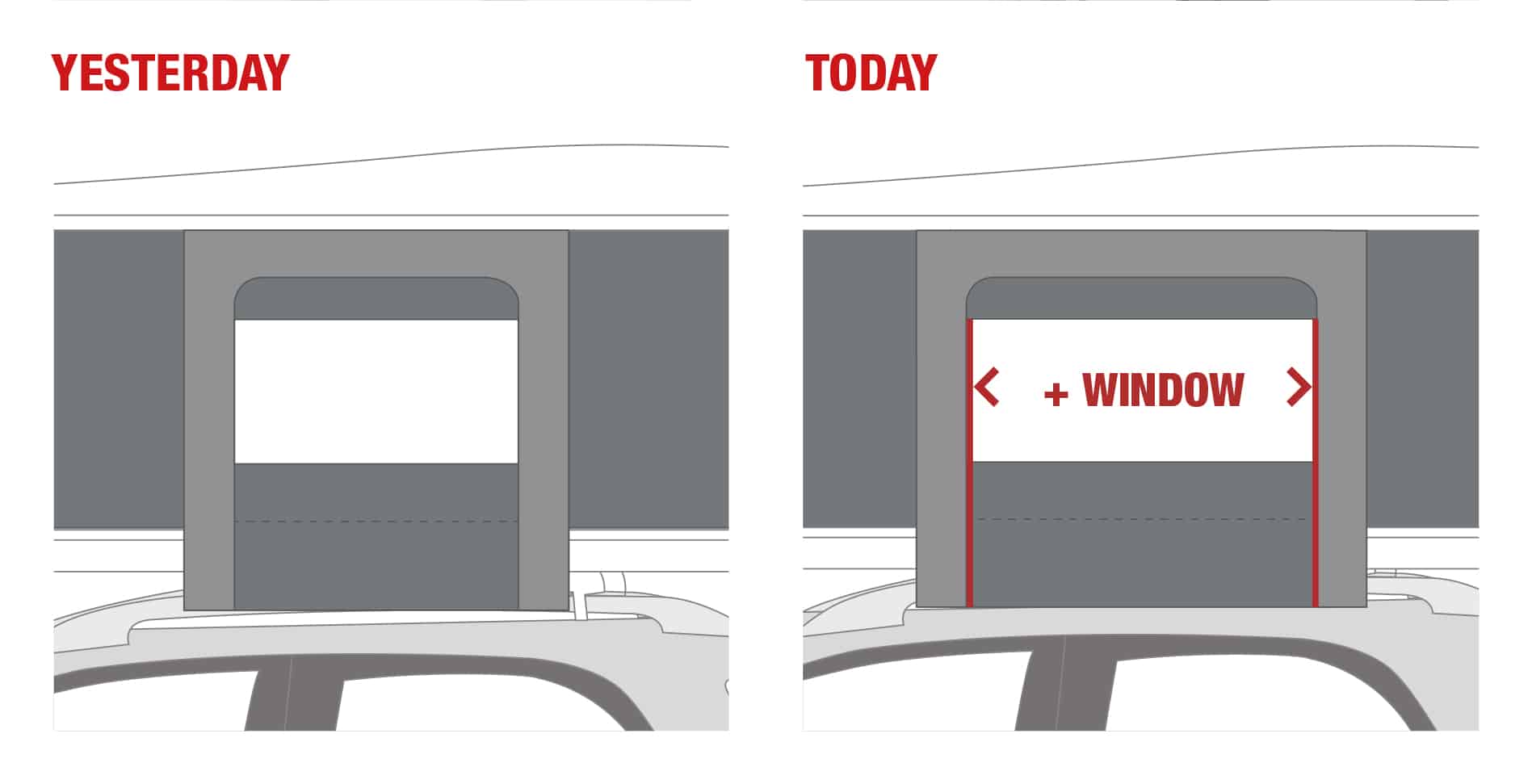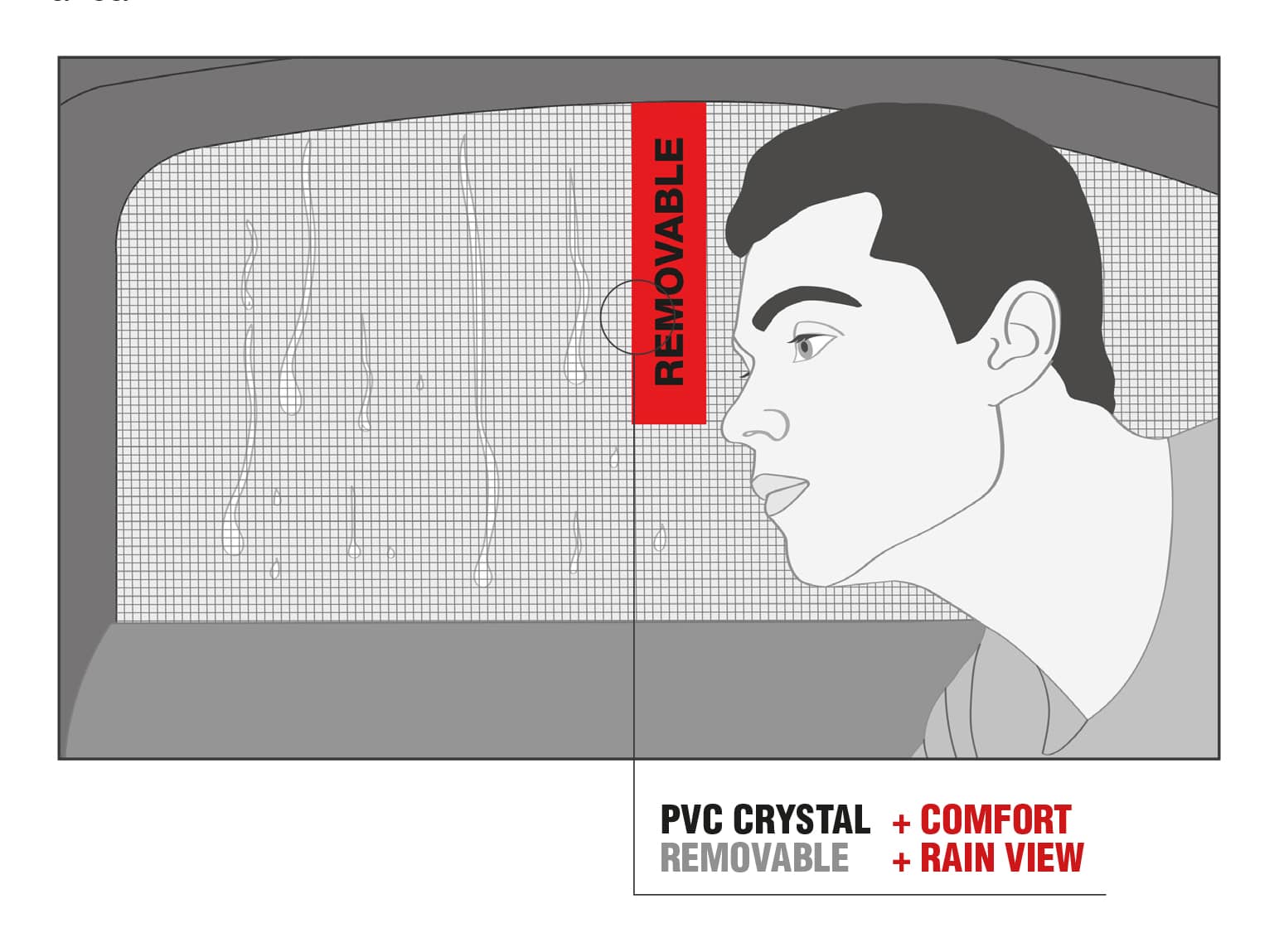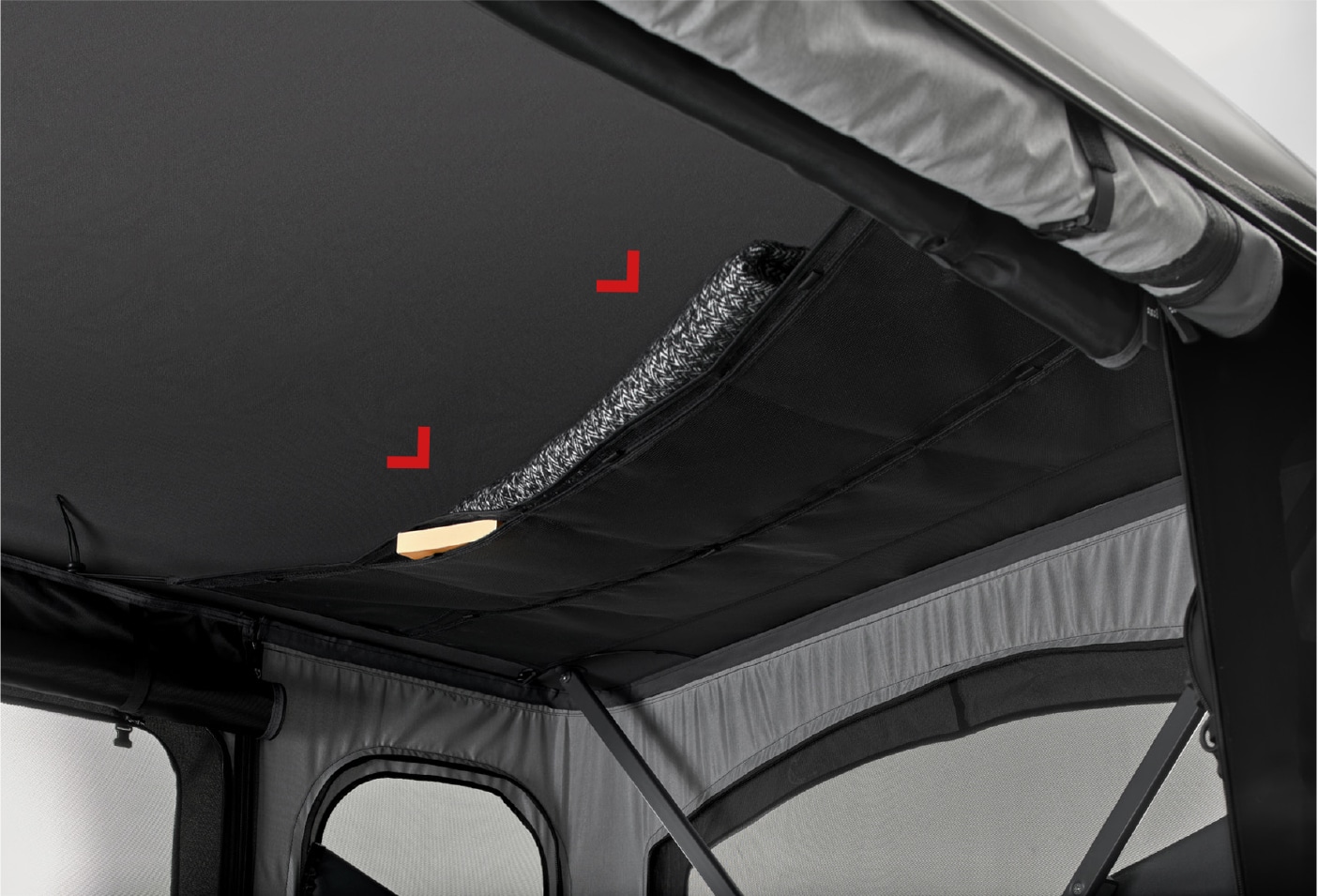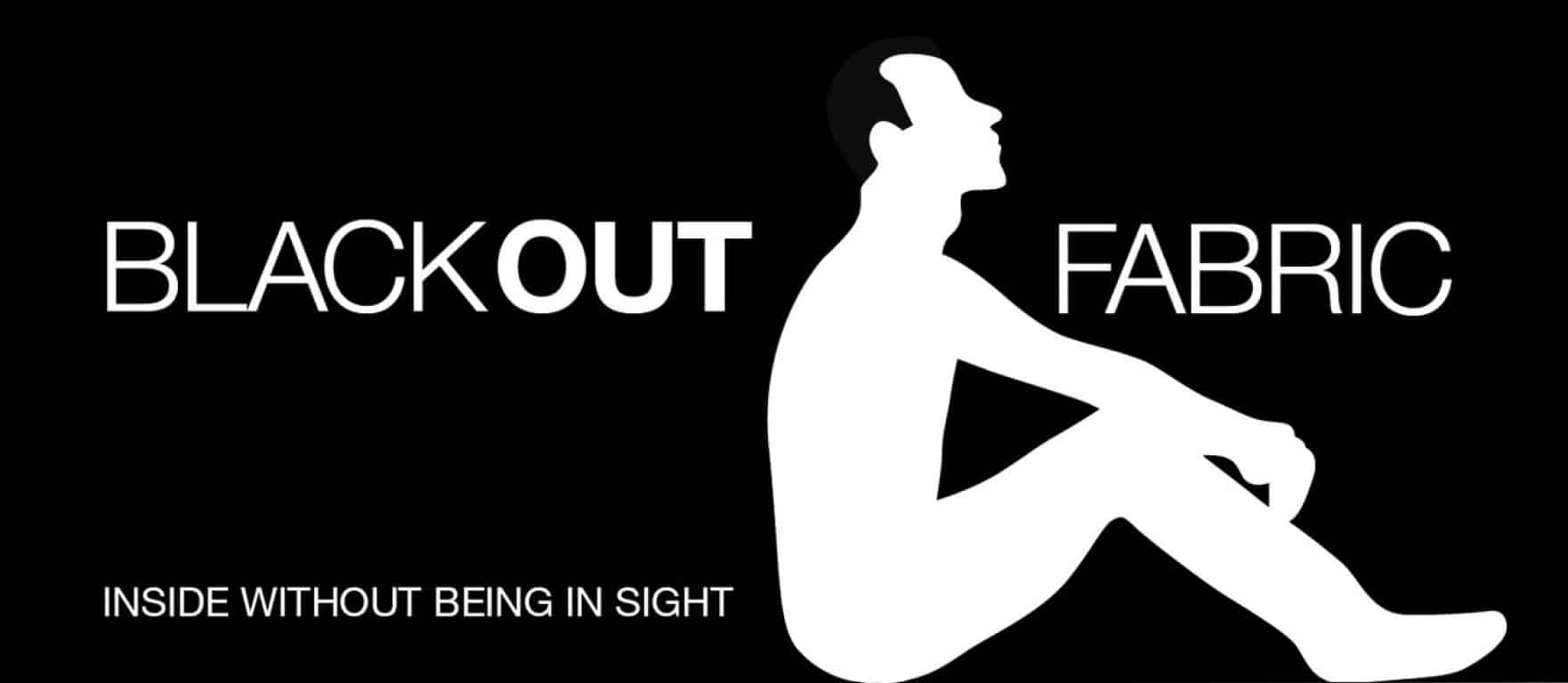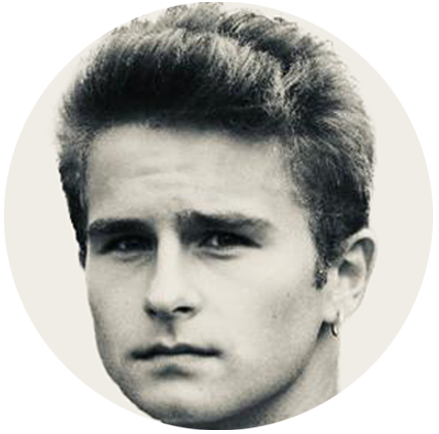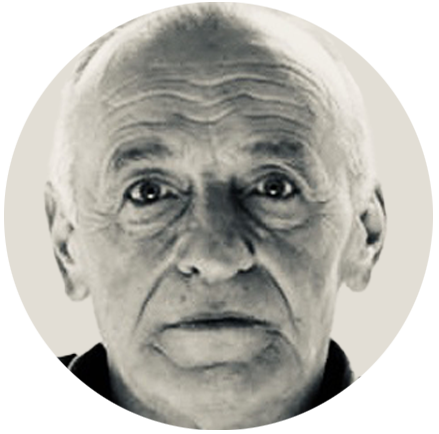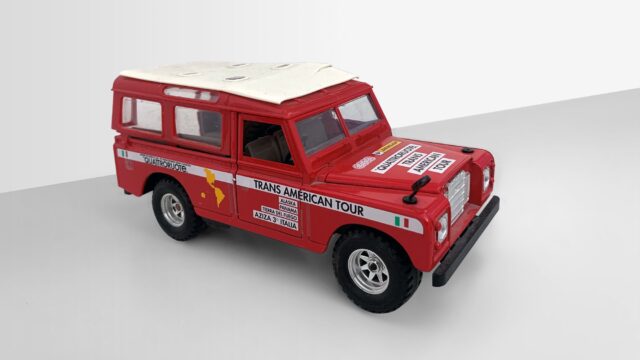
AUTOHOME WORLD LEADER IN SOLD
QUANTITIES, FOR ITS IMPRESSIVE
MODEL RANGE AND INTERNATIONAL
DISTRIBUTION NETWORK.
 |
Around the World |
AUTOHOME WORLD LEADER IN SOLD QUANTITIES, FOR ITS IMPRESSIVE MODEL RANGE AND INTERNATIONAL DISTRIBUTION NETWORK.
 |
Around the World |
AUTOHOME WORLD LEADER IN SOLD QUANTITIES, FOR ITS IMPRESSIVE MODEL RANGE AND INTERNATIONAL DISTRIBUTION NETWORK.
 |
Around the World |
INTERVIEW: GIUSEPPE FERCODINI
By Eugenio Martignani
INTERVIEW:GIUSEPPE FERCODINI
By Eugenio Martignani
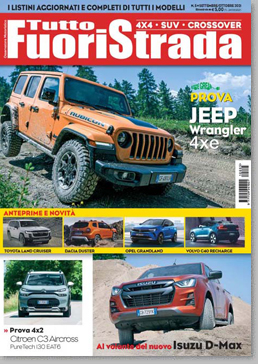
Roof tents: which one to choose?
An interesting conversation with Giuseppe Fercodini, founder and owner of Autohome.
The main principles of a mythical product that became the symbol of the journey in freedom and its guide to the purchase of the right tent.
CONSULT ON-LINE
DOWNLOAD PDF [1,3 MB]
WHY AUTOHOME?
AUTOHOME. When experience makes all the difference.
We have always been “number 1”. Not by chance. Because of our combination of imagination and “Made in Italy” quality.
The result is our roof tent, the first, the original and still the biggest seller.
Each Autohome tent is the product of our experience and the recommendations of adventurer travellers.
These two skills together have created the largest range of tents available. A catalogue that is constantly kept up to date to provide you with a tent that is perfect for your needs.
Quality, reliability, comfort and a large number of accessories.
We do everything to give you a good night’s sleep.
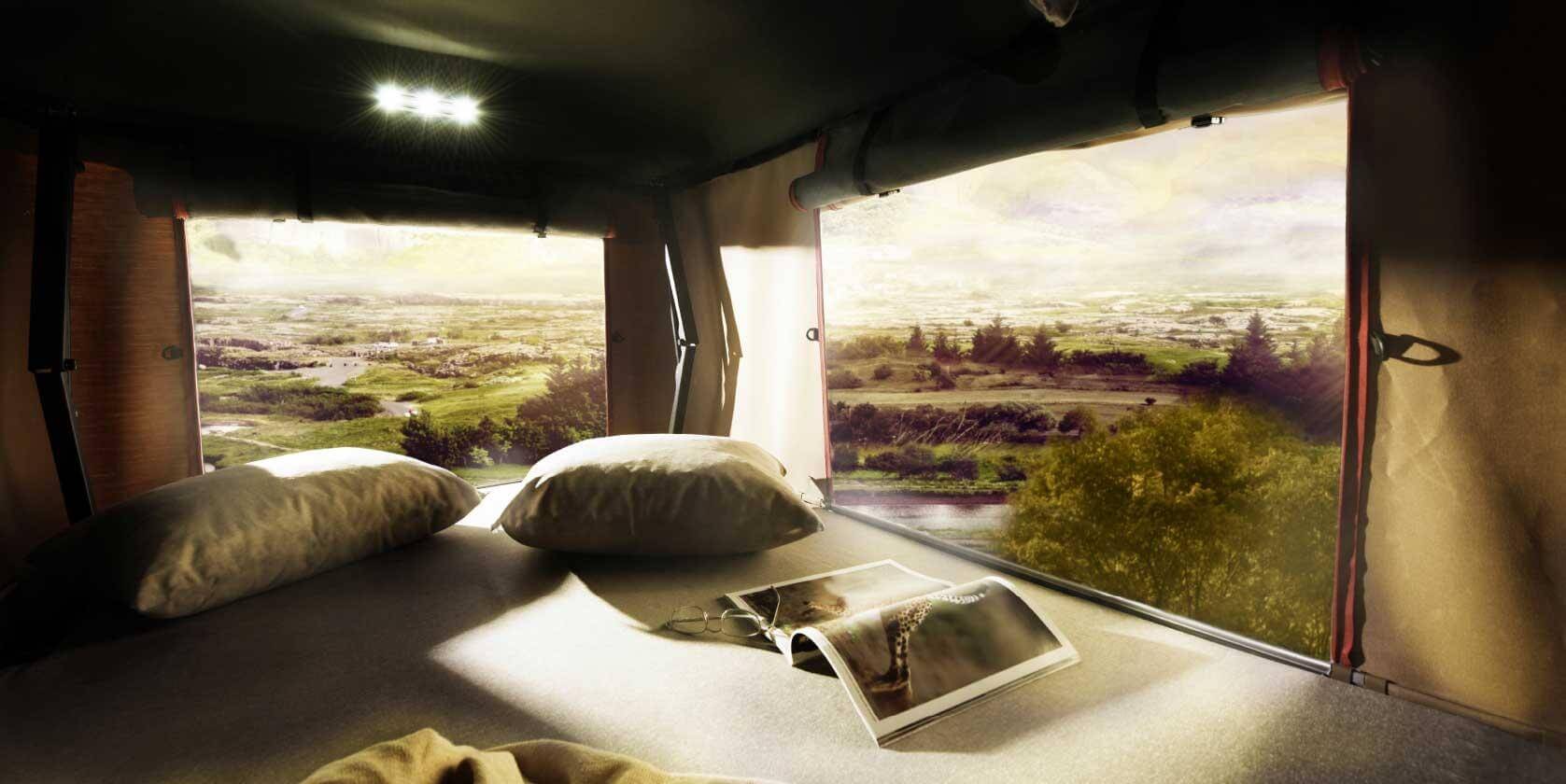
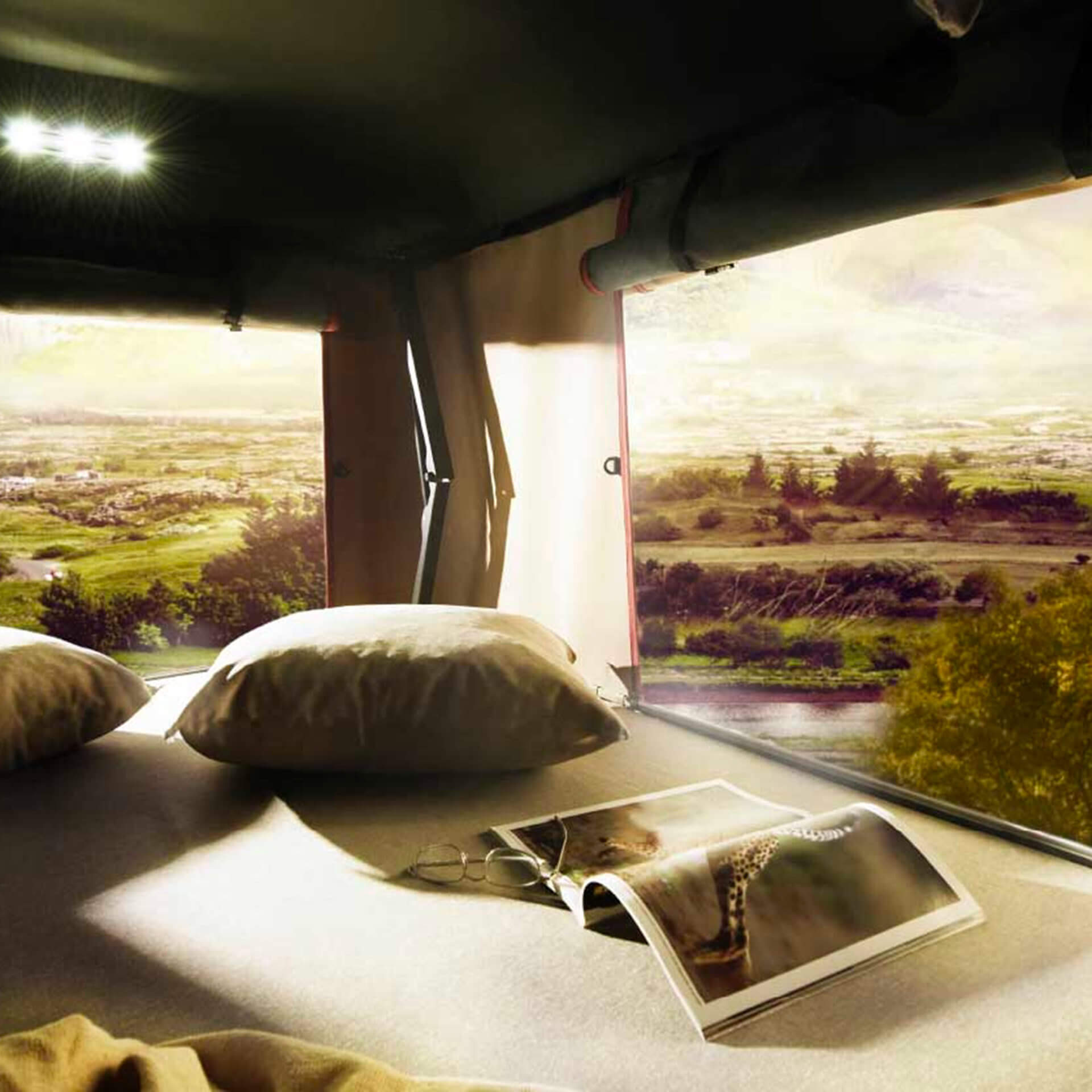
BECAUSE IT’S MADE IN ITALY
It is a great pride that Autohome is entirely in Italy, where deep are our roots and where we still feel strong culture of good taste and design. The quality and attention to detail expresses our passion for a successful product in the world.
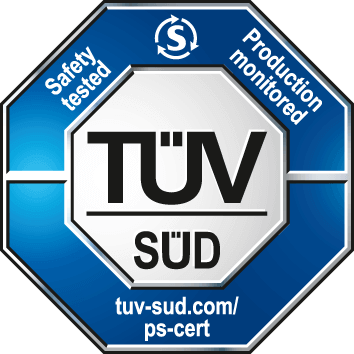
BECAUSE AUTOHOME GUARANTEES
CERTIFIED QUALITY
Autohome is committed to constant research and innovation: the exceptional level of safety and quality is recognized by the prestigious International Certification of TÜV SÜD Rheinland, formal acknowledgement of the excellence of the biggest selling (and Original) tents in the world.
Most Autohome products have successfully passed the following tests: 1. Test to 3.8 standard of DIN 75302/02.91;
2. Test to 3.9.2 standard of DIN 75302/02.91;
3. Test to 3.9.3 standard of DIN 75302/02.91;
4. Test to 3.9.4 standard of DIN 75302/02.91;
5. Certificate number: AK 60024834 0001;
6. The authorities can check for forged certificates;
7. Professional buyers often select suppliers and products on the basis of quality/safety certificates;
8. End users prefer certified products because they are a “safer” choice.
WHAT IS CERTIFICATION?
It is the Quality License. The certification of owning the product quality.
The term "to certify" comes from the Latin certum facere, which means "to make certain, evident".
For this reason, to give maximum protection to the customer, the range of Autohome roof tents is certified and guaranteed to have passed the stringent tests required by TÜV SÜD and other impartial quality and product Certification Bodies.
Precisely the TÜV SÜD is the only certification that guarantees the quality of the tent and its safety while driving, and it has nothing to do with the ISO corporate certification.
WARNING
There are roof tents on the market that do not have any real product certification. Beware of certifications such as ISO 9001 that some sellers advertise, because they concern the company organization and are not at all a guarantee of quality and security of the tent you are going to buy.
On the contrary, Autohome roof tents have passed stringent quality tests of the materials used, carried out in the laboratories of qualified Bodies, including the German TÜV SÜD.
The ISO 9001-2015 is the certification granted to Autohome on the company management organisation.
BECAUSE IT IS SAFE
If you are looking for a roof tent, you can be reassured by the certificates awarded to Autohome, concrete proof of our commitment to consumers and our wish to continuously improve. The transparency of quality information, origin of materials and manufacturing systems are further incentives when weighing up your decision and choosing Autohome.

BECAUSE AUTOHOME GUARANTEES
5* YEARS OF WARRANTY AND QUALITY CERTIFICATION OF THE PRODUCT
Each Autohome product has been made with attention to the smallest detail, using the most suitable materials for its use.
Sixty years in manufacturing enable us to adopt the best tested materials for different climatic and travel conditions.
Our tough “Autohome Quality” controls guarantee a product without material or packaging defects.
(*)Guarantee
BECAUSE AUTOHOME IS THE ORIGINAL
The only Autohome range in the world is ours: the Original. The other vehicle tents are not AUTOHOME Originals but copies. Just check to see when they were first marketed.
A DAZZLING ARRAY OF FORMATS, COLOURS AND SIZES
Of course, once you have made your decision, your choices don’t end there. You can follow your personal needs and tastes by customizing the product you have chosen: select from a wide range of shell colours, all factory-made using Gelcoat®. Shells are not prepared in the paintshop. And the range of colours for the fabrics is just as large.
WHY CHOOSE AUTOHOME?
So, the initial question: why choose an Autohome tent? For any number of reasons: out of good taste for the excellent design, or for the quality of the fabrics, the easy opening and closing, or the numerous accessories, or its reliability, safety and comfort.
You can take your pick of reasons when choosing Autohome.
WHY AUTOHOME?
Because no copy can make you forget the original.
Quite a history, and an amazing story.
Being number 1 in sales means leading the market and facing the challenge of competitors and imitators.
They do not always provide accurate figures. So we have decided to publish the true comparison between AUTOHOME® and a similar but competing product, so you can see the difference.
We have excluded all aesthetic considerations which are important but cannot be measured objectively, focusing on practicality and the functioning of the tent, and that means the fabric.
THE FABRIC
ANALYSIS OF A COMPETITOR’S FABRIC AND THE ORIGINAL AUTOHOME TENT FABRIC®
ESSENTIAL FEATURES
According to the Autohome technical team.
A bivouac fabric should not only be waterproof or “hermetically sealed”.
If it were only that, it would be suffocating. It should be breathable, especially because the sleeping area is very small. Every square centimetre of the fabric should help the natural change of air, for genuine wellbeing, which only a highly breathable fabric and the rapid expulsion of water vapour can provide. Technically speaking, a slightly breathable fabric increases condensation, moisture and heat, as any serious manufacturer knows.
BREATHABILITY
Test to measure the transit speed of the air from the inside to the outside. Method: UNI EN ISO 9237/97
The result is clear and unequivocal.
THE AIR DOES NOT PASS THROUGH THE COMPTITOR’S FABRIC.
This should not be overlooked because non-breathability increases moisture, condensation and heat, making the environment unhealthy.
Alternatives to breathable fabrics, such as moving the air with some mechanism, may help a little, but they do not improve comfort much and do little to contribute to health.
Healthy camping is impossible without breathability.
The lack of breathability is serious and compromises health: in normal conditions, at rest, the human body loses a third of a litre of water overnight, and – without breathability - this moisture is trapped inside the tent, creating droplets on the inner walls.
The second attempt to solve the problem adopted by the competitor is to increase the number of zips and openings, to ventilate the environment. But this means you are sleeping in contact with the outer environment, which may cold, be lit up and it may be raining.
WHEREAS AUTOHOME DRALON®, A HIGHLY BREATHABLE FABRIC, ALLOWS THE TENT TO “BREATHE” NATURALLY.
This is the essential feature of the extraordinary quality of the fabric used by Autohome.
Herat, moisture and condensation can escape from the tent naturally: 24/7. A precious fabric and a must for Autohome®, which has used it since 1980, despite the extra cost.
WATERPROOFING
Test that measures wettability when a fabric is used vertically, expressed from 0 to 5. Method: UNI EN ISO 4920/13
The competitor’s fabric becomes wetter and its stitching is less secure. A plasticized, dry fabric is more rigid and difficult to stitch: the holes made by the needle tend to stretch due to the tension and traction of the tent, so rainwater can get in. The competitor’s tent is shown with dangerous stitching where the fabric is attached to the shell.
Trying to tape over the holes does not help: and proper maintenance with resin or silicone needs to be repeated often.
AUTOHOME DRALON® FABRIC IS HIGHLY WATER RESISTANT. THE FIBER IS SOFT AND COMPATIBLE WITH STITCHING, AVOIDING PROBLEMS. THE STITCH HOLES REMAIN MINUTE AND DO NOT LET IN RAINWATER. THE STITCH THREAD NATURALLY EXPANDS IN THE RAIN COVERING THE HOLES ENTIRELY.
HEATPROOFING
Test that measures the heat resistance of the fabric in relation to heat loss from the tent. Method: UNI EN 31092/12
The test shows that the competitor’s fabric heats up more.
WATER VAPOUR TRANSMISSION COEFFICIENT
Test that measures how much water vapour passes through one square metre of fabric in 24 hours. Method: UNI 9278/88
The result is clear and unambiguous! There is no comparison: 536 g/d*m2 against 6288 g/d*m2.
An advantage for Autohome of 5752 g/d*m2.
THE TESTS SHOW THAT THE COMPETITOR’S FABRIC HEATS UP AND RETAINS WATER VAPOUR.
That’s why the competitor’s tent is full of openings, diminishing privacy.
Fitting an anti-condensation stack to the roof of the tent is a tacit admission (never mind the aesthetics) that the fabric is not breathable.
The stack is fitted to a hole in the roof, another way rainwater can get in.
THE TESTS SHOW THAT, ON THE CONTRARY, AUTOHOME® DRALON ALLOWS THE HEAT TO ESCAPE AND ENABLES THE CIRCULATION OF AIR, BOTH QUALITY REQUIREMENTS.
AND YOU DON’T NEED A STACK OR PLENTY OF OPENINGS, RUINING COMFORT AND PRIVACY.
PROBLEM: CONDENSATION AND HEAT SOLUTION: THE AUTOHOME TENT
by the Autohome technical team
Condensation is a natural phenomenon in camping tents.
When the temperature falls to lower than the temperature inside the tent, the moisture in the air condenses and clings to the inside walls of the tent in the form of droplets.
Generally, this happens in the evening, at night or at altitude when the fabric is fresher. The result is that the environment inside the tent becomes unhealthy and uncomfortable, unsuitable to a proper night’s sleep.
We say generally because condensation can be drastically reduced by using quality materials.
Dual layers really only hide the droplets from view and do nothing to prevent condensation.
Factors that lead to condensation include:
- the moisture in human breath
- hot air created during the day
- a rainy atmosphere, full of moisture
- body heat. Overnight our bodies generally lose about a third of a litre of water, in normal conditions of rest. And this water vapour needs to be allowed to escape, without forming puddles.
Recommendations to reduce condensation inside a tent include:
- keep the fabric taut, which is easy to do with Autohome and above all with Maggiolina models opened by handle. Moisture condenses and collects in the folds and wrinkles of the fabric.
- Ventilate the inside of the tent even when it rains, using the rain covers over the windows and doors.
- If the problem persists even after taking these actions, the fabric has lost its breathability, either because of dirt, dust or smog clogging up the pores. Clean the fabrics with shampoo (for example Marseilles soap).
The importance of breathability cannot be overstated.
Using fans or other gadgets, as competitors do, serves no purpose whatsoever as the test below shows. Essentially, these devices are just “commercial gadgets”, without any practical use, shunned by experts and appealing only to the inexperienced.
COMPARISON WITH A COMPETITOR: TEST IN A CLIMATIC CHAMBER
Tests carried out by the Certification and Analysis Centre, which works internationally on services to companies.
The staff comprises teams of engineers, physicists and microbiologists trained in applied research institutes working with European University research departments and other research centres.
AUTOMOTIVE DIVISION
Test set-up:
(* ) The competitor sample was equipped with a fan for air circulation within the same that has been turned on during the test. This fan is not compliant with Community regulations (it is not EU trademarked)
Description of the test
The test was carried out on two different samples to verify the exchange specified in ECE /TRANS219 REGULATION by calculating coefficient k as follows

A stove was placed inside both samples with two thermocouples in opposite corners of the ceiling to monitor the temperature. The climatic test involved creating a temperature of 8°C and, after stabilization of the environment inside the tents, the stove was switched to 31.5°C.
40 minutes later, the heat dispersal was measured in stable conditions.
The test was performed on two different samples in order to evaluate the heat exchange as defined by the ECE/TRANS/219 through the determination of the coefficient k is defined as follow:

W represent the thermal power dissipated by heather to maintain a constant temperature difference between the internal ad external environment of the sample;
S represent the heat exchange surface of the sample;
Dt temperature difference between inside and outside of the sample;
Within both samples it was placed a heater and two thermocouples to the two opposite corners of the ceiling to monitor the temperature. And a climate test by placing the environment at 8° C temperature and, once the expected stabilization of conditions even within the sample, the heater to bring the interior of the tent has been turned ‘was performed at 31.5°C.
After 40 min was detected the thermal power dissipated by the latter for the maintenance of the new climatic conditions. Having again awaited the stabilization of the same.
The results obtained are shown below:
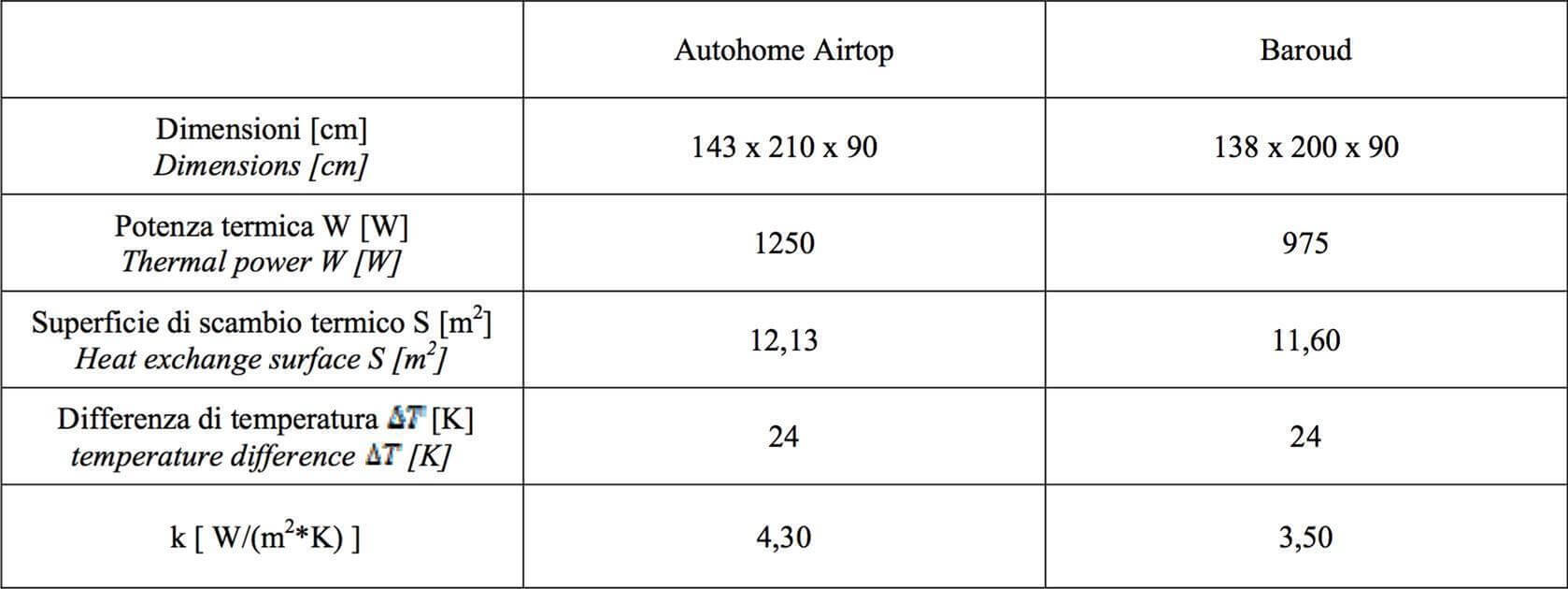
A larger k coefficient k in the same conditions indicates greater heat exchange of the tent walls.
THE RESULTS ARE SURPRISING: WITHOUT USING A FAN OR OTHER DEVICE, DUE TO THE QUALITY OF THE FABRIC, THE AUTOHOME TENT EXPELLED MORE HEAT (24 HOURS A DAY, WITHOUT BATTERIES AND IN COMEPLETE SILENCE).
TEST DESCRIPTION 2
The test was performed on two different samples in order to evaluate the thermal exchange within the same by inserting a steam generator and evaluating after 20 min the presence or absence of condensation on the walls.
Test results:
COMPETITOR SAMPLE
AFTER ONLY 20 MINUTES
AS CAN BE SEEN FROM THE PHOTOS OF THE INTERIOR DETAILS OF THE SAMPLES, ESPECIALLY METAL PARTS MORE SUBJECT TO THE FORMATION OF CONDENSATION ON THEIR SURFACE, THE PRESENCE OF THE LATTER TO CONCLUSION OF THE TEST WAS FOUND ONLY ON THE COMPETITOR SAMPLE.
AUTOHOME SAMPLE
TRACES OF CONDENSATION ARE NOT DETECTED IN THE AUTOHOME SAMPLE
- Action 4x4
- Passion 4x4
- 4x4 travel
- Tuttofuoristrada
- Pleinair
Translation of the French advertorial
THE MAGGIOLINA: 50 YEARS OLD BUT STILL LOOKING GOOD
TEXT E. MARTIGNANI
The first patent for roof-mounted tents. Since then, the Italian company Autohome has extended its range and today is world leader in the sector due to the quality of its products.
Progress in medicine has meant that today people stay young-looking and fit for much longer. Similarly, over 50 years, Autohome has made technological advances that have put it at the forefront of the industry, with a large range of modern, efficient roof tents. Its product are able to meet the toughest demands, with long-living products and quality materials that are a guarantee for consumers.
The evolution of the range
In 1958-1959 the first roof tent was patented in Italy, with vertical hoisting, the forerunner of the modern Maggiolina. This was just a few months before the other Italian producer, Air-Camping, patented the first roof tent opened like a book. Since then, Maggiolina and Air-Camping have dominated the market of travellers sleeping under the stars and enjoying the fascination of nature and unfettered freedom. A 4WD and roof tent allows you to go where you want, as some of the best-known travellers have done, taking breathtaking photographs as they explore the world, and sleeping in a roof tent off the road. Why a roof tent and not a tent on the ground? Because the Maggiolina and Air-Camping mean you do not have to put the mattress or sleeping bags and pillows in the car. Because the roof tent does not absorb moisture from the ground, is protected against the rain inaccessible to spiders, snakes and scorpions. In other words it’s safer and more comfortable. Today, Autohome is the undisputed leader in the production of roof tents, with five different product ranges: Maggiolina, Columbus, Overcamp, Overland and the new Overzone, as well as now the producer of Air-Camping. A total of 54 different models and sizes to choose from: from tents with a rigid shell and vertical opening to tents in fabric opening like a book or the super-light technologically advanced Columbus in Carbon Fiber, a hi-tech tent for customers who want the best.
Optimum functioning
The Maggiolina is still the classic roof tent, the most practical and sought after, as well as the most frequently imitated. There is a big difference between the original and copies, however, based on the experience of the company and the advice of numerous travellers/testers. The Maggiolina provides unique solutions with a detailed finish, making for greater practicality and durability. Everything in the Maggiolina has been studied and designed for optimum functioning, leaving nothing to chance. The domed upper shell can be used to store night-time possessions, as well as rucksacks and other large objects; the volume of the closed tent is 700 litres, about the same as the boot of a station wagon. Opened, it is considerably higher than the competition - 96 centimetres against 80 – for comfortable seating: a huge advantage

VALERY FONTAINE
ANATOLIA (Turkey)
We have used Maggiolina and Columbus on our travels for many years: you feel perfectly safe sleeping way above ground. They are bedrooms with all the comforts you could wish for, including practical side pockets. Because of their height, inside you can climb into your sleeping bag and get changed in the morning without difficulty. Even on the other side of the world I feel at home.

PAUL FARREL
Photo-reporter
Vertically hoisted tents, like the Maggiolina or Columbus, are technical masterpieces with instantaneous opening and tough, safe shells. For my work, I often climb onto the roof to get the best picture, so Overland is perfect for me. Closed, it very compact and even when open I have a lot of space to work with and two options to choose from, a great help. A friend tried to convince me to have a look at a James Baroud tent, which you might think is quite similar, but then you find out you need additional (heavy and clumsy tubes) to hold up the part that juts out. I couldn’t stop laughing!

BRUCE LINKER
Gobi Desert (Mongolia)
Crossing this gigantic desert was a real challenge. It was a long and tiring journey, helped by the ability to sleep safe and sound every evening in a proper bed. The tent can be put up in a jiffy and you are safe from animals large and small.
WHAT THE TESTER SAYS
Chris Simons - Great Britain
“The real strength of this tent is the originality of its conception: since the first model in 1958, the materials and precise finish have reached a level of excellence, but the original idea was and remains what makes the difference. The success of the Maggiolina has led some companies to imitate the product (not very successfully if the truth be known), nobody managing to introduce any real improvements. Indeed, recently some retailers have been offering products with materials that are unsuitable or with amateurish solutions: for example I heard a story in Kenya about a Portuguese tent invaded by giant termites because the closing of the tent involves tying straps running through large holes. Technically speaking, the opening of the Maggiolina, with a handwheel, is the best and most reliable solution: with tents made by the competitor James Baroud which have no handwheel you have to climb up 3 metres and push like mad on four gas springs, each of 35 kg and I can assure you, it is no fun. The Overland model has also often been imitated, with cantilever opening systems involving complicated telescopic tubes to be stuck into the ground: an embarrassing complication indicating a serious design flaw. Autohome provides a safe patented system built into the ladder activated by the opening of the tent itself. To sum up, I can’t find anything wrong with Autohome tents, despite the large number of models, solutions and accessories available.”
“AFTER OPENING THE AUTOHOME TENT IS MUCH MORE SOLID THAN COMPETITORS, ABLE TO WITHSTAND STRONG DESERT WINDS”
because you can change your clothes without having to go through hoops. The Maggiolina uses a practical, effortless opening and closing system, by the turn of a handwheel at the bottom of the lower shell, raising the roof automatically. When the tent is open, it is much more solid than tents using telescopic shock-absorbers. It is also stronger, capable of withstanding strong desert winds. Critics of Autohome say it is not very reliable but the opposite is the case. Tens of thousands of tents working in the toughest environmental conditions are good enough proof to win the support of tour operators and off-road auto makers the world over; all you have to do is remember not to open the tent on a hefty slope, which – in any case – would hardly be the ideal spot to sleep. The hoisting system of the Maggiolina is guaranteed for 5 years and provides maximum space inside the tent, with nothing to clutter it up. Telescopic arms – as on competitor models – reduce the width from 140 centimetres, for example, to 117 – just when you need the space to avoid bumping into hard iron and flimsily covered parts jutting into the tent. Closing and securing the Maggiolina with millimetrically adjustable clamps is effortless, where competitors require you to grapple with uncooperative supporting shock-absorbers and then bring the upper and lower shell perfectly together, like docking in space. On a tall off-road vehicle you need help and have to be careful with the clamps which are less sensitive and may even cut the hands.
Sweet dreams
To sleep well, you need a good mattress; unlike competitors who save on the quality of mattresses – thin, low density, barely acceptable, not breathable but provoking sweating overnight – the Autohome tent has a proper, thick mattress - 8 centimetres with density 30 kg/m3 against 5 centimetres and density 25 kg/m3 – that is fully breathable. Therefore your sleep is not disturbed by nuts and bolts on the underside of the mattress, as in products of poor quality. The quality of the side canvas is fundamental if your sleep is not to become a sauna and your dreams a nightmare. The fabric used for Autohome is Dralon by Bayer, breathable yet waterproof as shown by comparative tests to internationally recognized UNI EN ISO 9237/97 standards. The tests on Maggiolina show permeability to the air at 53 mm/s – i.e. fully breathable – whilst the competitors use PVC or similar material, with breathability of 0 mm/s: guaranteed sweating as soon as the weather turns warm. A direct comparison of products and other laboratory tests show that the attention to detail that goes into Maggiolina ensure duration and maximum comfort. Just look at the fixing of the side canvas to the rigid shells and you will note the quality of the Italian product. An aluminium profile keeps the canvas in place all the way round, ensuring a perfect seal and waterproofing, whilst competitors stitch the canvas directly onto the shell with no other protection: waterproofing is not guaranteed and the canvas can tear simply when you turn in your sleep straining the stitching.
The guarantee of experience
Seeing for yourself, comparing products yourself, is the surest way to come to the right purchasing decision. Advertising may not give you the right information; the best way is to go to one of the 55 French retail outlets called Narbonne Accessoires and then to a competitor. You will see the difference in quality immediately and be confident in your choice of a Maggiolina.
Text to translate from German
AN APARTMENT ON TOP OF YOUR VEHICLE
A cura di Eugenio Martignani
Italians are thought to have invented sleeping on the roof of a car. So they are also reckoned to know what makes a good roof tent. We stretched out in a Maggiolina Airlander Small made by Autohome to find out if it’s true.
"The Airlander Small tent is vertical with a roof that opens. The base and tent itself are a plastic shell reinforced with fiberglass, and the side walls are in cellulose. With a handle, you can hoist the tent into a vertical position, making a sort of “box” tent. Easy to set up, you can be inside in just a few minutes. The handle, with threaded spindle and lever, hoists the tent automatically. No special care is needed, even in windy conditions. Just a little care is needed when you get into the tent. The material (dralon) is uncrushable and waterproof and mustn’t get snared in the handle. It needs to be continuously refolded. If it is windy, this may take a little time. Once set up, the tent has an entrance on each side with mosquito net. The tent has multilayer insulation. The fixed roof keeps out the rain. The base has an insulating sandwich structure. The comfortable mattress creates a sleeping area of about 130-210 centimetres. Two small but comfortable pillows are standard fittings. The producer also provides an aluminium ladder, which is stored inside the tent. However, it is a good idea to order an optional bag to prevent the base of the ladder from getting dirty on certain terrains. The tent can be fitted to almost any carrier and fixed with screws, making it even quicker to set up: just hoist, line up and secure .... and that’s it! No alarm is included against intruders, a small disadvantage. The aluminium guides are suitable for almost any carrier and can be reached easily. On our test vehicle, it was fitted quite high up, because the FJ Cruiser carrier is rather large. Despite this, the noise of the wind is dampened considerably. Petrol consumption is about a litre and a half higher per 100 km. due to the wind effect.
Airlander Small is the smallest to the models in the range. It’s spacious on your own, a little tight for two. But, if that’s a problem, you can choose a larger model.
Text and photo: Martin Zink
TRAVEL FREEDOM
From the Rimini Off Road Show to the Tyrrhenean Sea passing over the Apennines. Travelling off-road with a tent on the roof
BY EUGENIO MARTIGNANI and VERA ROVERA
Crossing Italy from east to west in an off-road vehicle, we took Autohome roof tents with us. The Italian manufacturer, the world leader in its sector, has roof tents for every requirement. Essentially, there are two types: with hard shell or with strong waterproof cotton shell. Tents with two overlaid shells (the most famous is the Maggiolina) lift open and do not jut out. They open and close quickly and are perfect for trips with plenty of stops and starts. The cotton tents (the best-known is Air Camping) are more spacious and, opened, create a covered area next to the vehicle. They also leave part of the roof free for cans or a spare wheel. Each model is available with a variety of widths and for 2-4 people.
A trip with an off-road vehicle means total freedom, unfettered adventure. And what could be freer or more adventurous than an off-road trip with a roof tent, without the need to book a hotel? Even if a hotel actually existed on the kind of route you might choose, in the woods and mountains! Roof tents are increasingly popular because they are such a practical way of travelling. We took advantage of a raid by 4WD, organized with Autohome tents, to describe what it is like to sleep in a roof top tent, and to suggest what type of tent to look for, based on the materials and safety concerns. A group of off-road vehicles, all fitted with Autohome roof tents, left the Rimini Off Road Show, crossed the Apennines and reached the west coast and Tyrrhenean Sea three days later, after travelling on dirt roads and mule tracks, the same routes taken by our forefathers hundreds of years ago. The sea at Bellaria, north of Rimini, is calm when our convoy of off-road vehicles starts on its way, heading south-west. After a short time on the tarmac, we leave the civilized plain behind us and begin to throw up dust. The trip is long, including pebbly river beds at the bottom of the valleys, which we cross effortlessly and then begin to climb the rocky Apennines. Woods and meadows alternate, idyllic scenery, but the woodland lasts only for a short time because we are suddenly faced with a steep, deeply furrowed climb. The rule is to go up one at a time, first in the “trailblazer” then the less high-performance vehicles and the cars with road tyres. Last, the most expert drivers with profiled tyres. That evening we open the roof tents. No need for tent pegs, everything is ready in a matter of moments. We sleep above the ground, away from the moisture, in a genuine bed. In the morning, after a good night’s sleep, we are road to set off again. The hills become rolling, the view opens up and the woodland gives way to grassy meadows. The beauty of Tuscany and its white dirt roads! We reach Val d’Orcia and visit the village of San Quirico, with its Romanic churches and medieval walls, high up on a hillside along via Francigena. Here, it is also possible to visit the famous neighbouring towns of Montalcino and Pienza, but we have to stick to schedule. It is getting cold as we set up the second camp. Some have winter fabrics to keep them warm but even those who don’t, inside the well-insulated roof tent and sleeping bags, do not feel the cold. In the early morning, we follow a steep, furrowed canal with thick vegetation on both sides. The mule track then becomes a dirt road winding to the top of the hills and a dry torrent. It’s the third day of our journey and we can smell the Tyrrhenean Sea. We follow a dirt road through the woods and this is the most technically arduous part of the journey. We follow a pebbled river bed lined with massive stones and rock, which make it necessary to choose the precise route carefully and to use the accelerator sparingly. One by one we climb the banks and return to the dirt road and finally the tarmac. We are close to the sea and the end of our journey. On an overpass, we see the sea and head for the fortified coastline at Torre Mozza, not far from Piombino. Mission accomplished after a trip from the eat to the west coast of Italy, over the Apennines, following ancient dirt roads and paths. Three days immersed in nature, sleeping on the roof of our vehicles in comfortable tents. True travel freedom!
MADE TO MEASURE
Every model in the Autohome range of roof tents is available with dedicated accessories. In the Apennine trip the most useful proved to be the “winter-hood” (available both for hard shells and cotton tents) which covers the tent with a dual layer of waterproofing, insulating from the cold. Accessories include verandas and wings to protect the entrance of the Maggiolina from the sun and rain.
DETAILS THAT MATTER
Autohome tents are the result of over 60 years experience in manufacturing roof tents. Materials and finishes are of the highest quality to guarantee reliability and durability.
1. Tents with rigid shells clos without “pinching” the perimeter fabric.
2. The mattress is in high-density sponge for optimum overnight comfort. Shell roof tents are insulated and lit by a led.
3. All doors and windows are fitted with a mosquito net, which also keeps out small insects. They have strong zips.
4. Every model has its own hoisting and opening system, for rapidity and ease.
5. On the roof, the sides and inside the tent, elastic netting can be used to store clothes and documents.
6. Every model has a dedicated closing system with hooks guaranteeing maximum dynamic safety.
7. The anchoring brackets between the tent and roof rails run on a rail adapted for different distances. There are various sizes for different rails. 8. Each model has a telescopic ladder designed for the specific product.
GOOD TO KNOW
Autohome tents are designed to handle the toughest off-the-road conditions. However, you need to know how to set up the tent on the roof of a 4WD to make sure it is properly secured.
1. The two rails commonly used on road vehicles may not always be right. Three rails are often better, or a baggage holder with a number of anchoring points.
2. The rails should be placed solidly on the roof, preferably not near a side window but above, or close to, an upright.
3. Use only the anchoring brackets – between the tent and rail – manufactured by Autohome. These are specially designed and certified to German TUV standard.
4. Make sure the anchor bolts are tight – both between the rails and roof and between the rails and the tent – and check this from time to time during use.
A TENT FOR EVERY REQUIREMENT
Giovanni Barsotti is a quintessential sportsman. At a competitive and amateur level, he is a triathlete who has also competed in endurance and off-road 4WD racing. He has crossed the Lofoten Isles in Norway on foot and was a member of the 600 km “Italian Lapland Sled-dog” expedition in the Arctic Circle. He has organized and taken part in winter Arctic events such as a solo 850 km journey by snowmobile. In his 4WD he has driven across Northern Africa and taken part in trekking in Nepal at the foot of Mount Everest. Giovanni has a Columbus Small on the roof of his Toyota Land Cruiser: “The Maggiolina Columbus is a little smaller inside than cotton tents such as Air Camping, but is extremely stable, opens and closes quickly and is perfect for trips with plenty of overnight stays.” Veronica Capra and Francesco Basilico are a young, dynamic couple, with two lively children who don’t want to stay at home. They love the outdoor and sporting life, above all off the road. They have a Jeep, previously a CJ with Maggiolina tent on a makeshift structure, now a Grand Cherokee, chosen for its spaciousness. On the roof of the 4WD they have an Overland Large, able to cater for the entire family: “We chose Overland because of its internal space. It is comfortable for all four of us, and camping on the roof is great fun! The girls are so much in love with nature that even at home we have to set up the tent indoors so they can play.”
QUALITY AND CERTIFIED PERFORMANCE
Maggiolina and Air-Camping were created at almost the same time in Italy almost sixty years ago. The Autohome range (which now includes both the Maggiolina and Air-Camping) is sold the world over and is a synonym of quality. That’s why we guarantee every model for 5 years. Our quality certificates, after rigorous laboratory testing, are to ISO and DIN 75302/02.91 standards. The laboratory tests simulate extreme weather conditions and verify waterproofing, breathability and the Autohome fabric. The result is that the fabric enables the exchange of air preventing the formation of condensation, whilst being highly waterproof keeping the occupants of the tent perfectly dry. Autohome shell tents were tested in a climatic chamber to ECE/TRANS219 standards to verify how healthy the environment is inside. The inside temperature was raised from 8 to 31.5 degrees centigrade showing how the fabric managed to dissipate the heat. A second test, with a generator of water vapour switched on for 20 minutes inside the tent, showed that condensation is not formed due to the breathable fabric. Autohome tents also pass TÜV Rheinland tests for the anchoring system of the tent to the roof. Only safe, quality roof rails should be purchased.
THE CAR WITH A LOFT
To be truly an instrument of freedom, cars need to leave homes, hotels and restaurants far behind. The answer is a roof tent.
Our dear (in all senses) cars have a problem: they get us from A to B – with increasing difficulty in large cities and on holiday routes – but that’s about all. Not much for a vehicle that costs money to buy, to maintain and to run and is now small inside, often boxed in, and generally unable to meet essential human needs: to sleep, to eat and to live. Of course, it is not easy to think of a car that can do everything and is equally at home in narrow city streets at low speed and on the open road at high speed, during holidays. But if cars want to have a future and show that they can be used for more than just getting around (in marketing terms, if they want to provide consumers with numerous reasons to purchase them) it needs to reinvent itself and acquire multiple functions: not just to go somewhere, but to help with work and play, daily and during our free time. Compact SUVs go some way towards doing this. Not too big (but cities really should be the reign of public transport) and fairly spacious, with roofs that can transport bicycles and leisure equipment such as canoes and tents. How about sleeping? Well, with a roof tent you solve that problem too. As the giant auto maker BMW realized in relation to its iconic Mini brand, specifically for the Countryman, for which it asked the Italian manufacturer Autohome to produce an exclusive AirTop model. Hence the Mini Autohome Roof Tent, with the Mini livery perfectly matching the aggressive but refined look of the vehicle. A smart marketing idea, but also a more comprehensive understanding of the car. And outside Italy (where car making is quite at home) the idea is catching on: Toyota is now following suit – again with Autohome – for its new SUV, which can be fitted with the exclusive Columbus Variant Black Storm . Autohome is 100% Italian and the leading European manufacturer of roof tents, with a range of products for all kinds of vehicle and end user. Yet, most of its products end up abroad, where roof tents are highly appreciated: just visit the stands at the annual Caravan Salon in Düsseldorf to get the idea.
The reasons for success
We went to the company in Rivarolo Mantovano, where Giuseppe and Giacomo Fercodini welcomed us to a youthful business environment, characterized by enthusiasm. The work is based on attention to detail, research and innovation to make tents more comfortable and on optimizing production processes: a successful mixture of craftsmanship and industrial organization. Other companies, often on an exclusive basis, provide some parts which are assembled in Rivarolo. Each tent is unique, made by men not a production line. One of the next developments will be the move from conventional fiber glass shells to 4-layered ABS, a material that is odourless, lighter, smooth and needleless. Despite all this work in Italy, that is where roof tents are relatively unknown, and cars are just things to get you somewhere.
Pleased to meet you, Autohome
Autohome - many may remember its old trademark Zifer – is the direct descendent of Stogl Autocamping, the name of its founder with a product patented in Italy in 1958. Since then, roof tents have come a long way. Today, they are complete holiday and on-the-road leisure time accessories. Indeed, travelling without the need to look for a hotel gives a great sense of freedom. You can go where you want, when you want. Either on long journeys in Italy, Europe and the rest of the world, or for a short mountaineering expedition, for trekking, cycling or sailing, without needing to get up before dawn or return in the dead of night. Autohome tents can be fitted to all kinds of vehicle, although SUVs, station wagons, cans and off-road vehicles are the obvious choice, not so much because of their stability as their size, making them virtual campers. Some equipment can be stored in the shell, which cannot be opened without a handwheel (to prevent theft). There are different opening and closing mechanisms for the various models, all of them quick, nothing like an igloo tent. For a restful night’s sleep, the vehicle should be parked level, using wedges if necessary and a spirit level. If it is windy, choose a sheltered spot. For folding tents, park with the smaller surface facing the wind. Ladders provide access and, in some models, support. Inside, a high-density sponge mattress and pillows provide maximum comfort. Rucksacks can be used, or ordinary sheets and blankets. Doors and windows are fitted with mosquito nets and a 3-led Osram light is fitted. Numerous accessories make the tent even more versatile and comfortable: a hood for winter and cold countries, an independent veranda, a sunshade and pads for use without the vehicle.
Range
The Mantuan company provides models with three types of construction method, suitable for differing needs, and seven lines, a total of fourteen models, with capacity of two for the Small versions, 2+1 for Medium and 2+2 for Large.
MAGGIOLINA
is the best-known model, with a fiber glass or carbon fiber shell protecting the tent during the journey and acting as base and roof when used. Opening is by handwheel acting on the jointed aluminium poles, creating a rectangular space about 92 cm high. Various versions are available: Carbon Fiber, with light shells (Small: 46 kg, 4,749 euros; Medium: 49 kg, 5,529 euros); Airlander, with sleek aerodynamic design (Small: 56 kg, 2,459 euros; Medium: 60 kg, 2,599 euros; Large: 72 kg, 2,739 euros); Extreme, for off-road vehicles, tough and streamlined, with roof rack (Small: 65 kg, 2,809 euro,; Medium: 69 kg, 3,099 euros); Extreme Forest, with shell and green anti-reflective fabric suitable for birdwatching and nature photography; the doors have additional zips for partial opening to look out with binoculars or telephoto lenses (Small: 65 kg, 2,989 euros; Medium: 69 kg, 3,289 euros); Grand Tour, the most spacious, with a higher shell for extra baggage; with attachments for an outside carrier to transport large accessories such as canoes, surf boards or bicycles (Small: 58 kg, 2,719 euros; Medium: 62 kg, 2,899 euros; Large: 73 kg, 3,069 euros).
AIRTOP
rectangular like the Maggiolina and opening with gas spring like the Columbus: just remove the safety hooks and it opens instantaneously. Height when open 94 cm (Small: 54 kg, 2,699 euros; Medium: 59 kg, 2,889 euros).
COLUMBUS
has a unique roof zip one side, down to the base, and unfolds by gas spring. The maximum internal height is an astonishing150 cm and a carbon fiber shell is available (Small: 52 kg, 2,339 euros; Medium: 57 kg, 2,559 euros; Large: 64 kg, 2,789 euros). The Variant has two side doors and a large rear door; the shell is in carbon fiber (Small: 42 kg, 4,409 euros; Medium: 47 kg, 5,159 euros).
OVERCAMP
is a classic acrylic tent with multi-layered base, fan-type opening and two opposite-facing entrances. It is placed on the roof in a non-central position, leaving space for two tents and other baggage (Small: 50 kg, 1,639 euros; Medium: 54 kg, 1,829 euros).
OVERLAND
is similar to the above but designed for demanding globetrotters and use on rough terrain; it is cantilevered and has an access ladder of 225 cm with self-locking joint shortening to just 110 cm when closed under the base (Small: 45 kg, 2,139 euros; Medium: 54 kg, 2,399 euros; Large: 65 kg, 2,579 euros).
OVERZONE
is the largest in the range and can be fitted with a comfortable side fixture acting as entrance, kitchen and changing room (Small: 48 kg, 2,619 euros; Medium: 57 kg, 2,919 euros). Plus Air-Camping, the world-famous blue tent patented by Pino Dionisio in 1959, the trademark for which was taken over by Autohome some years ago (Small: 45 kg, 2,139 euros; Medium: 54 kg, 2,399 euros; Large: 65 kg, 2,579 euros). All models can be purchased online.

